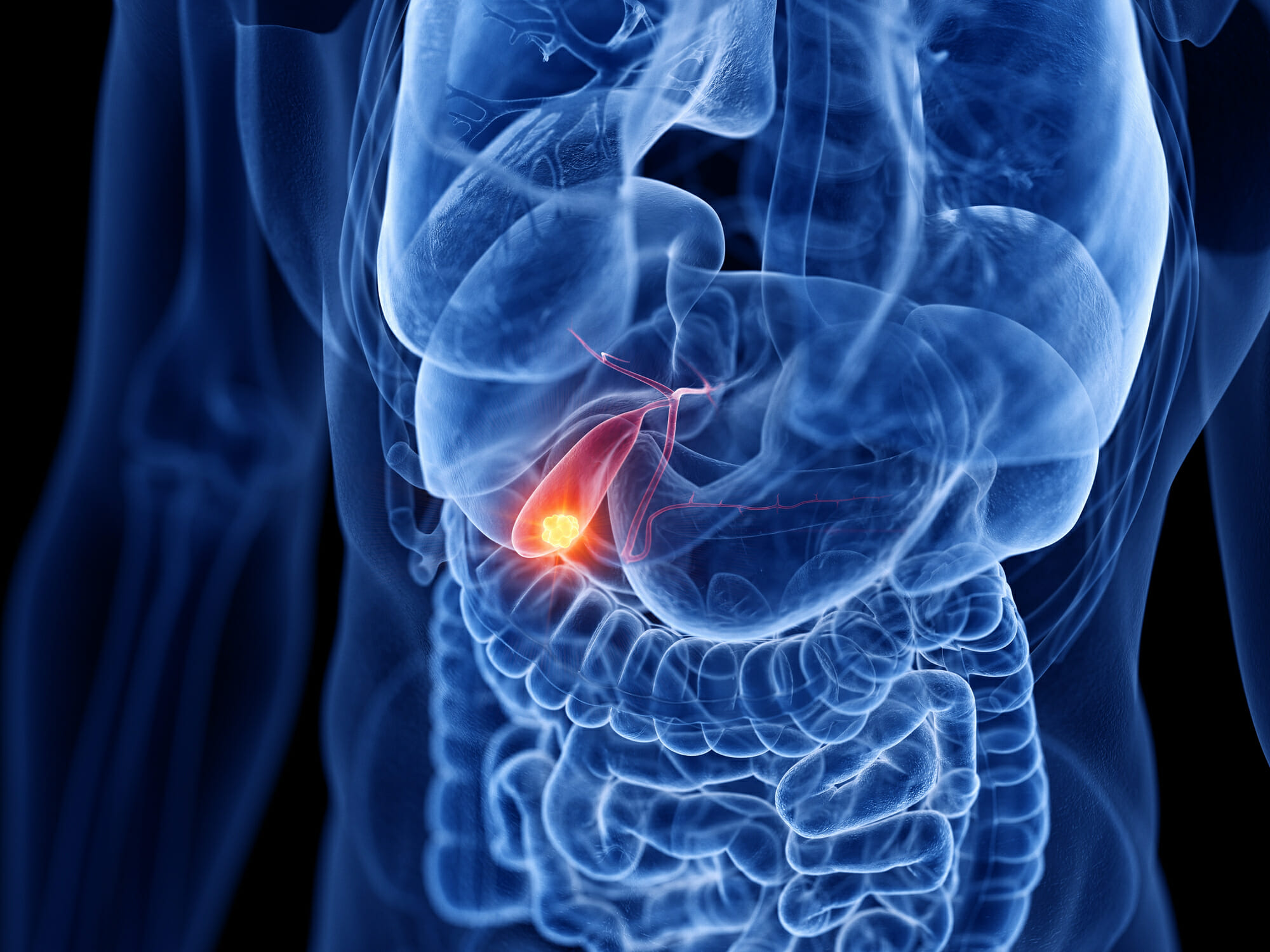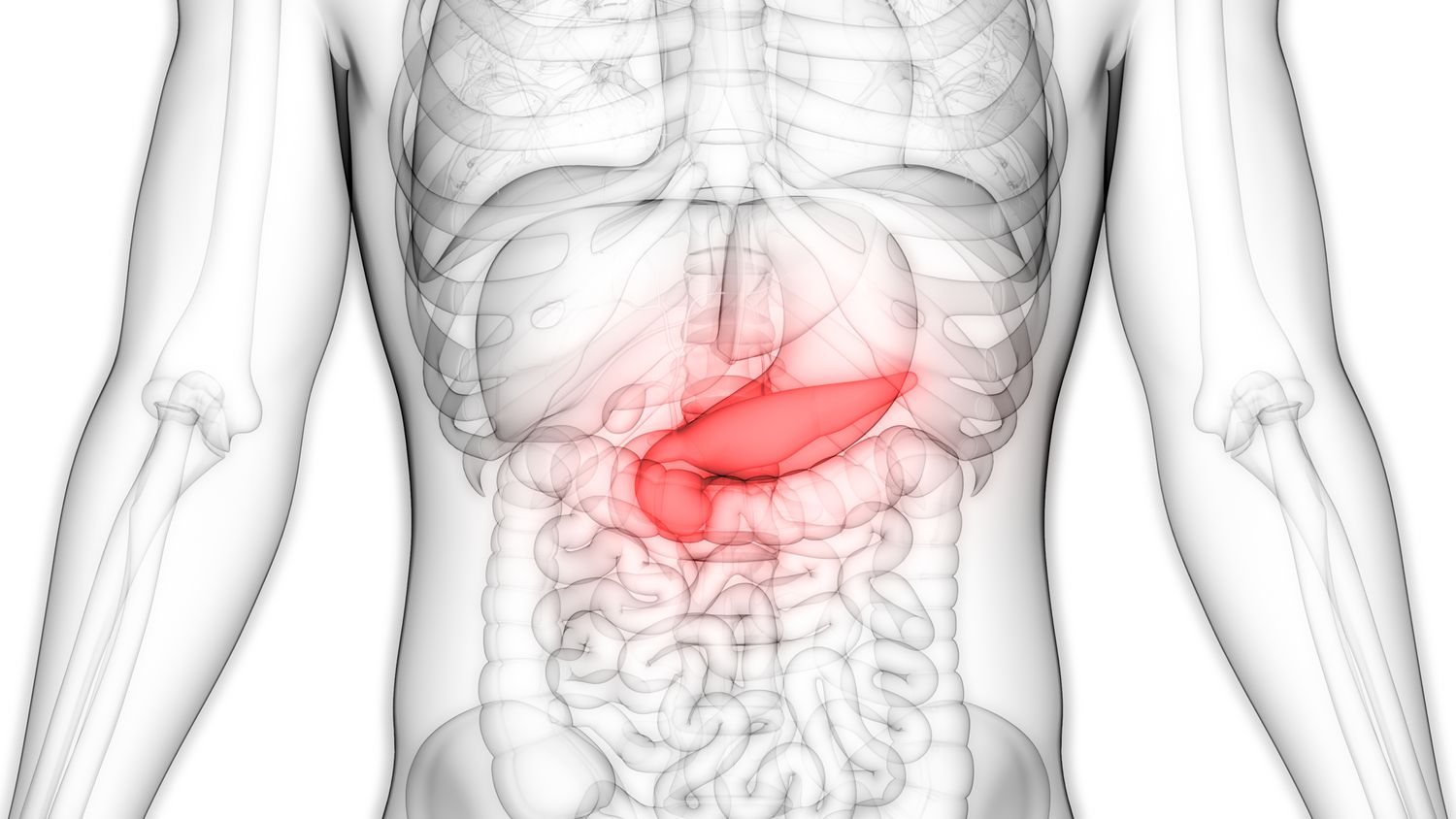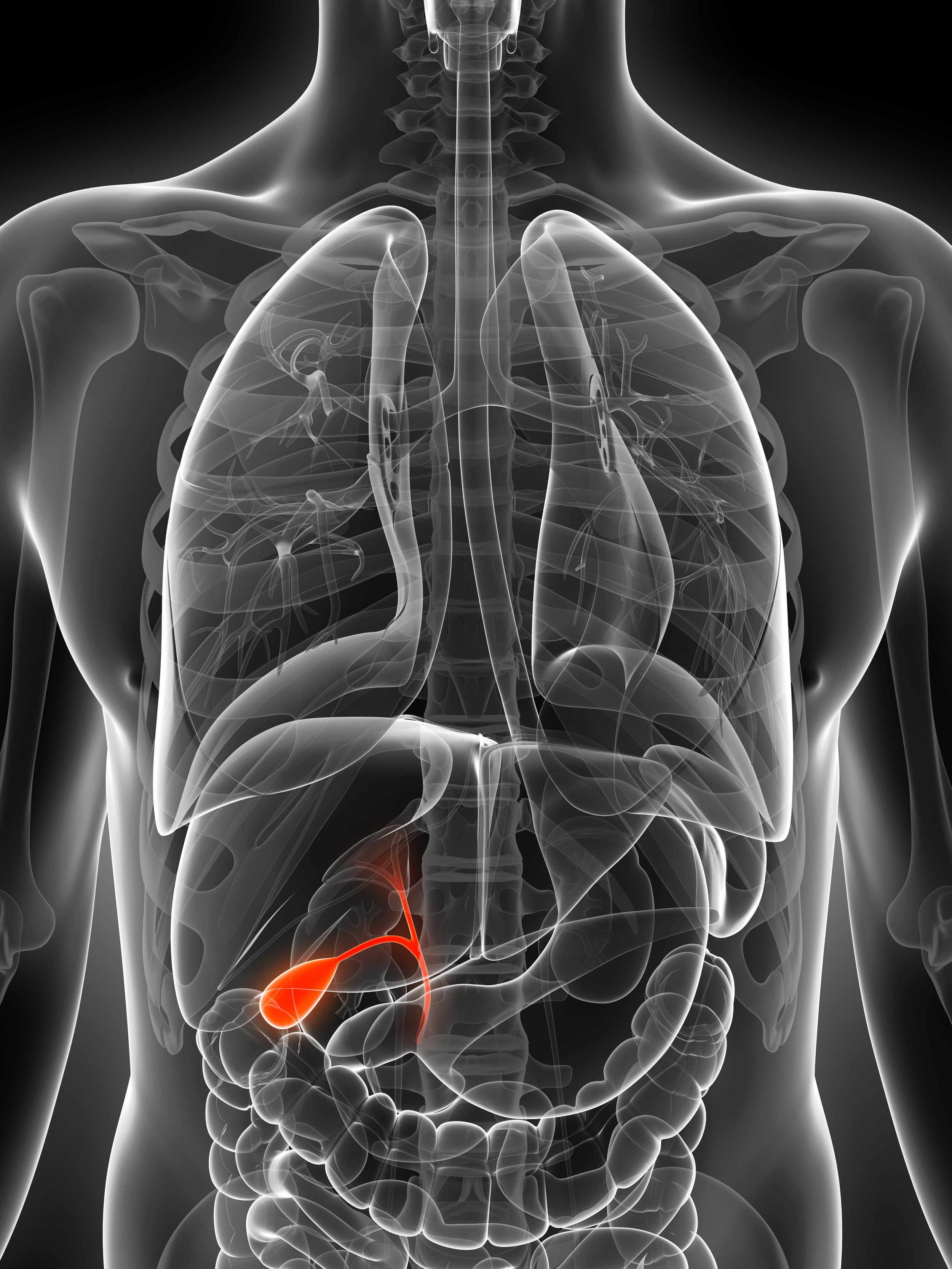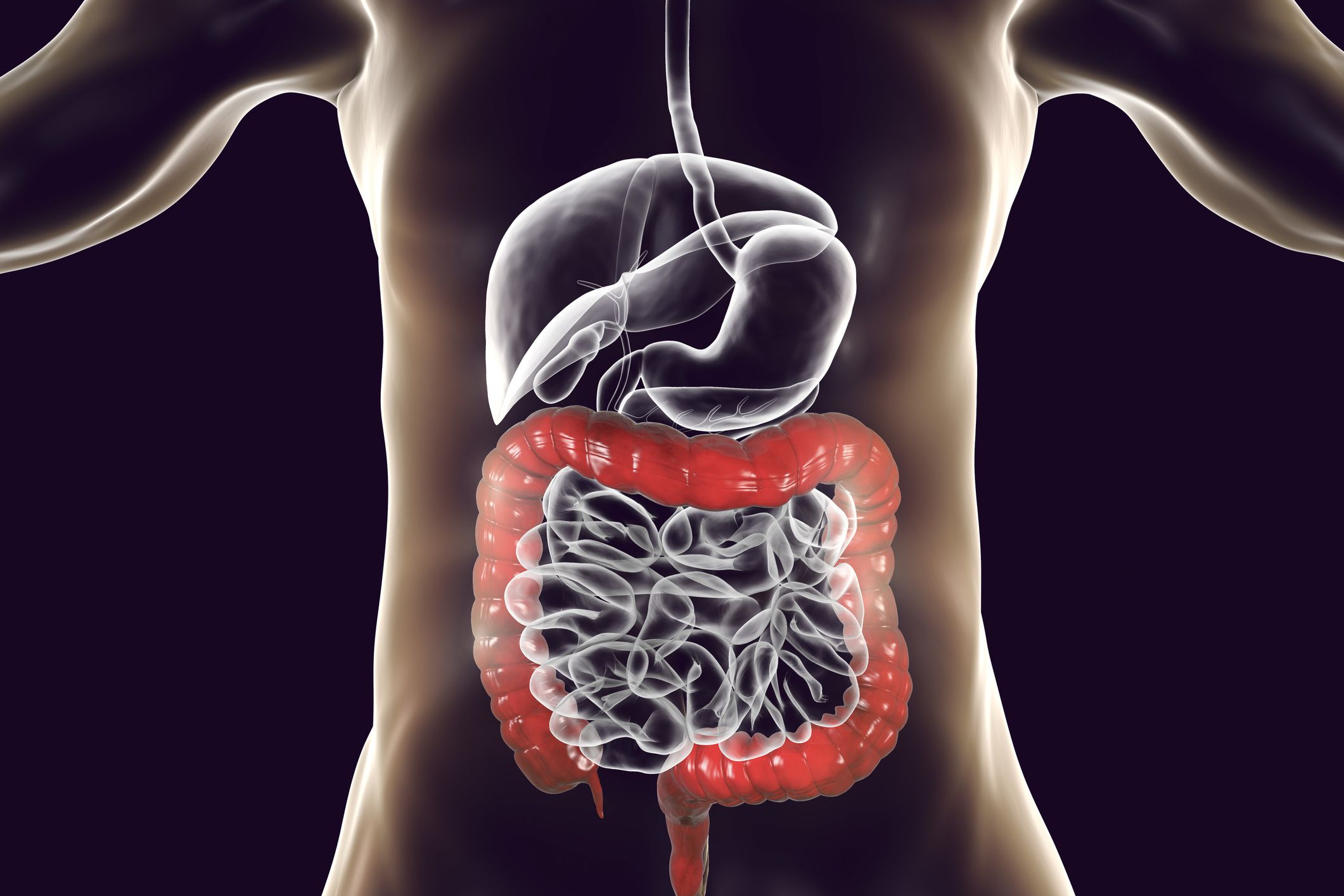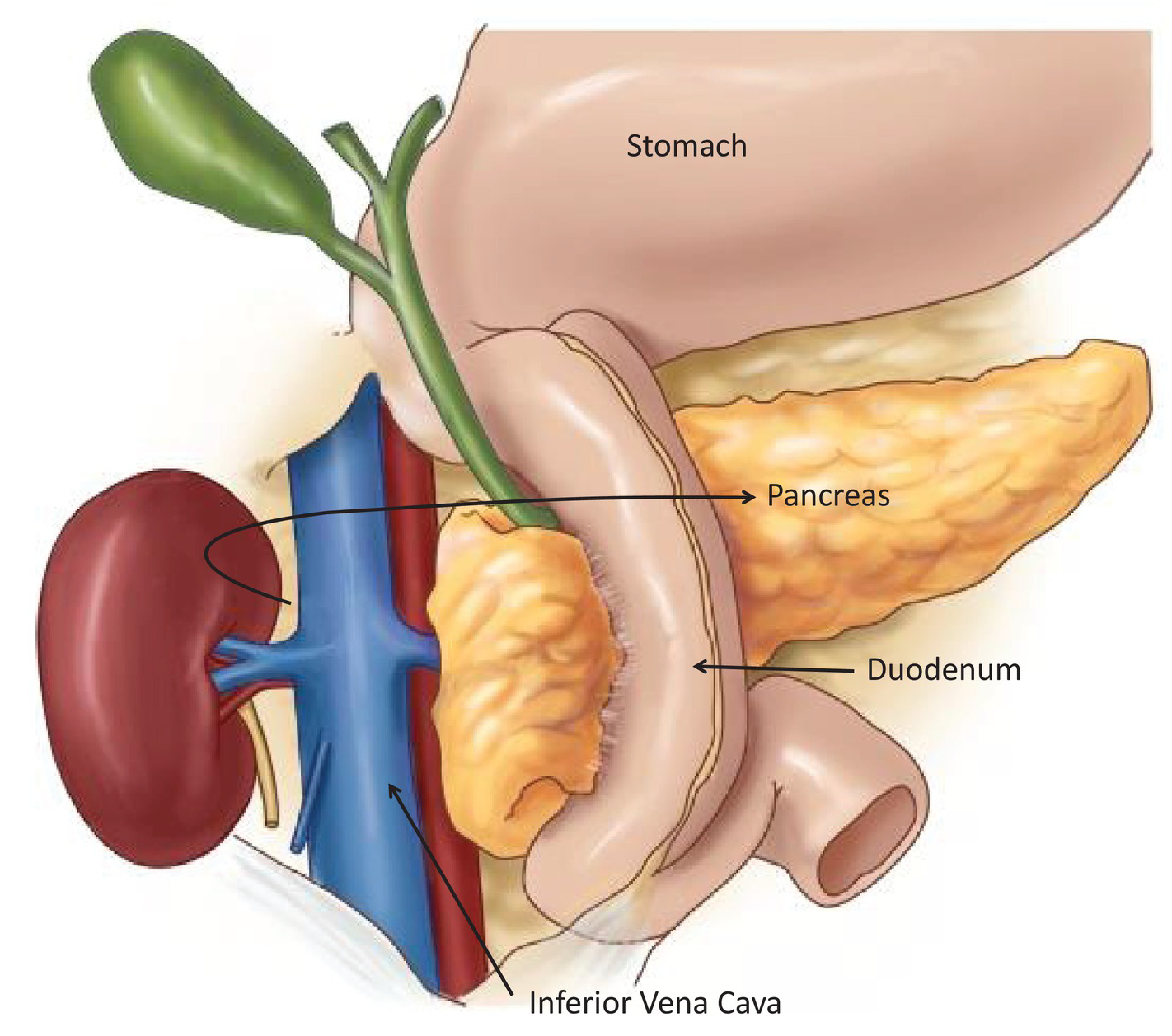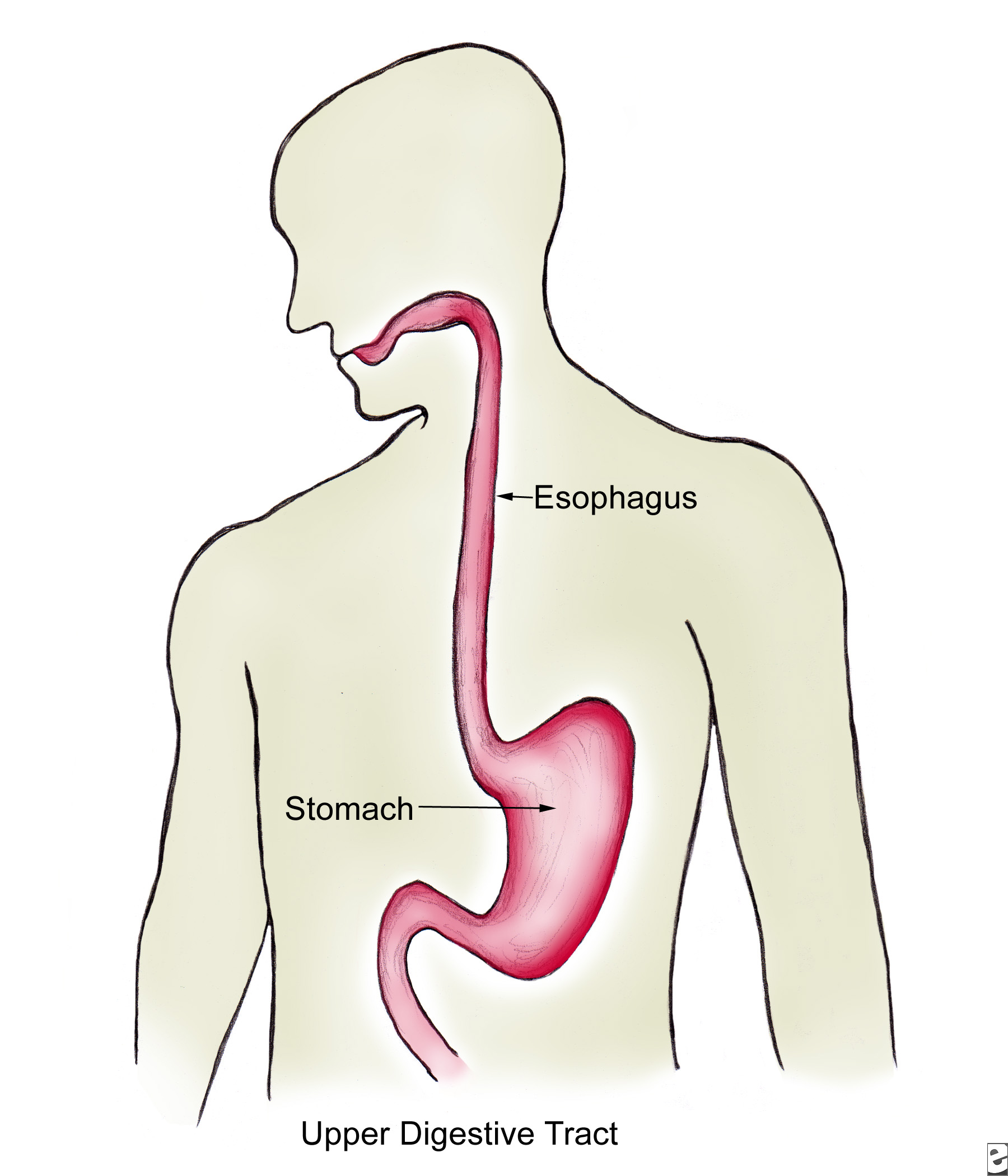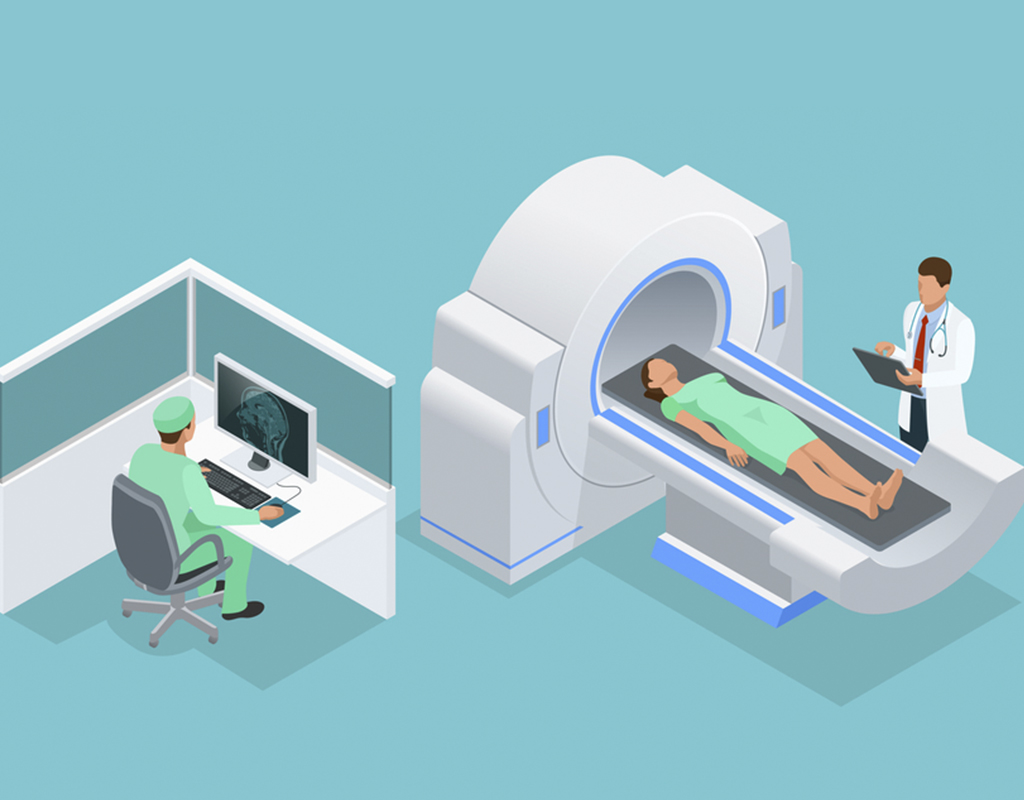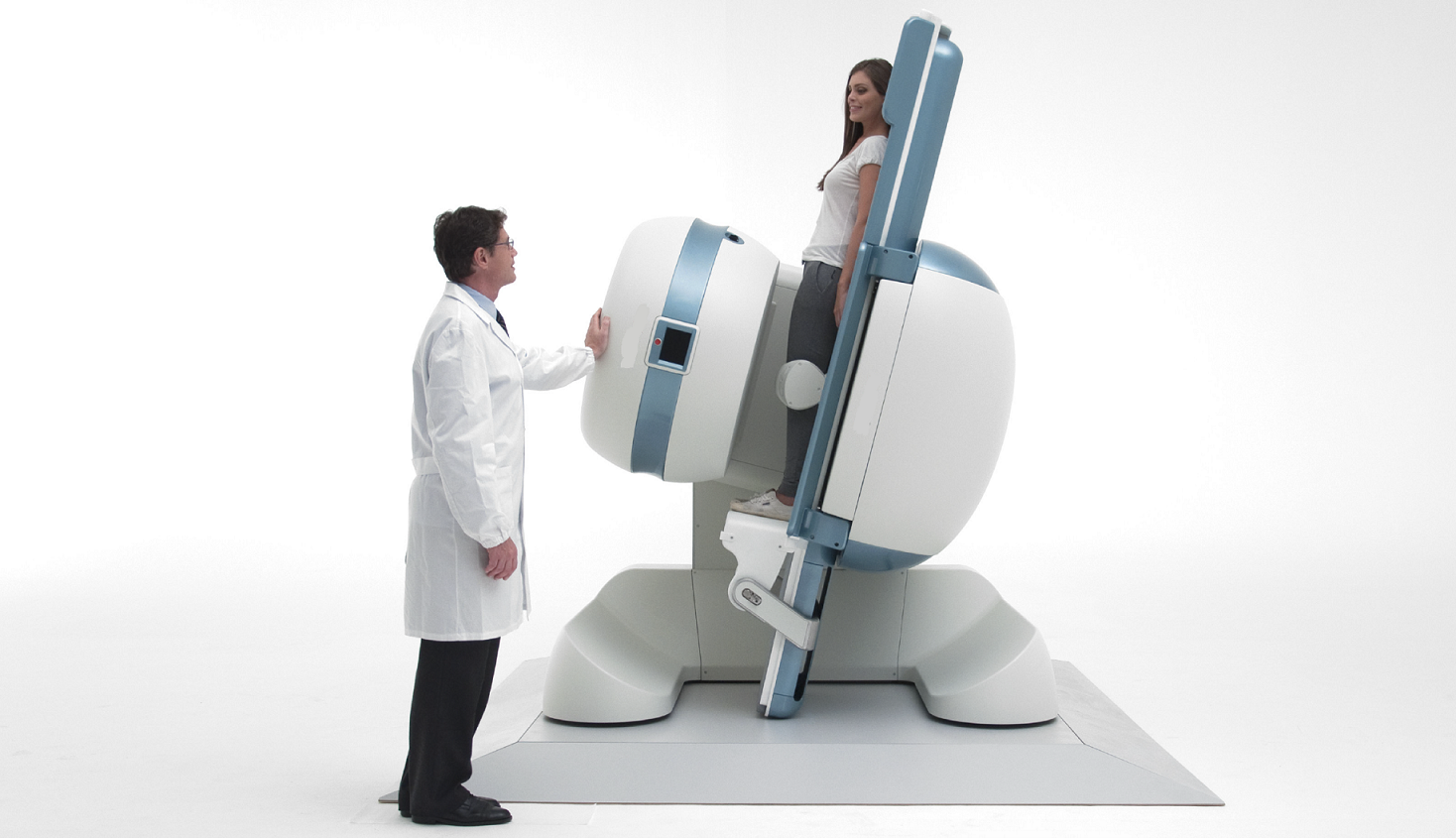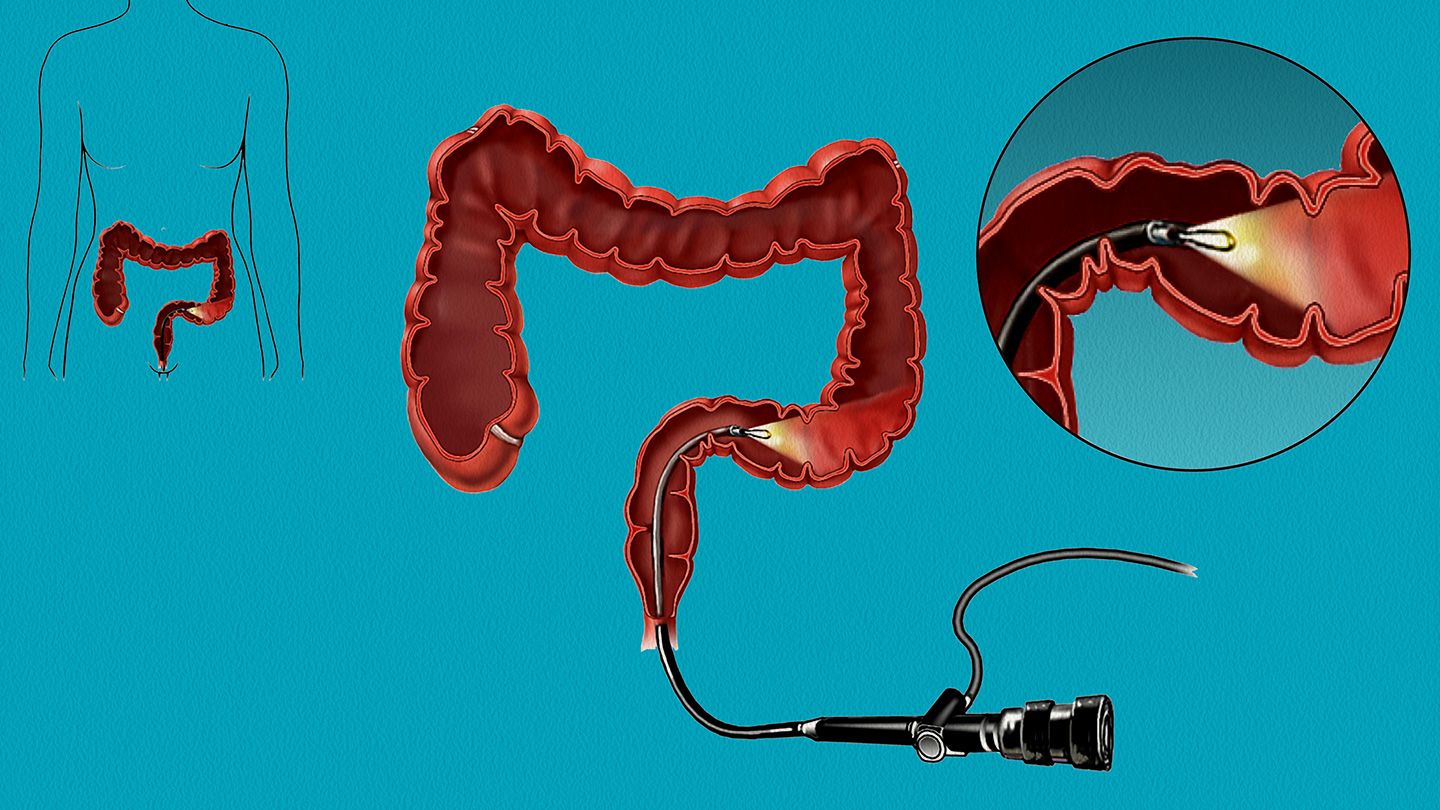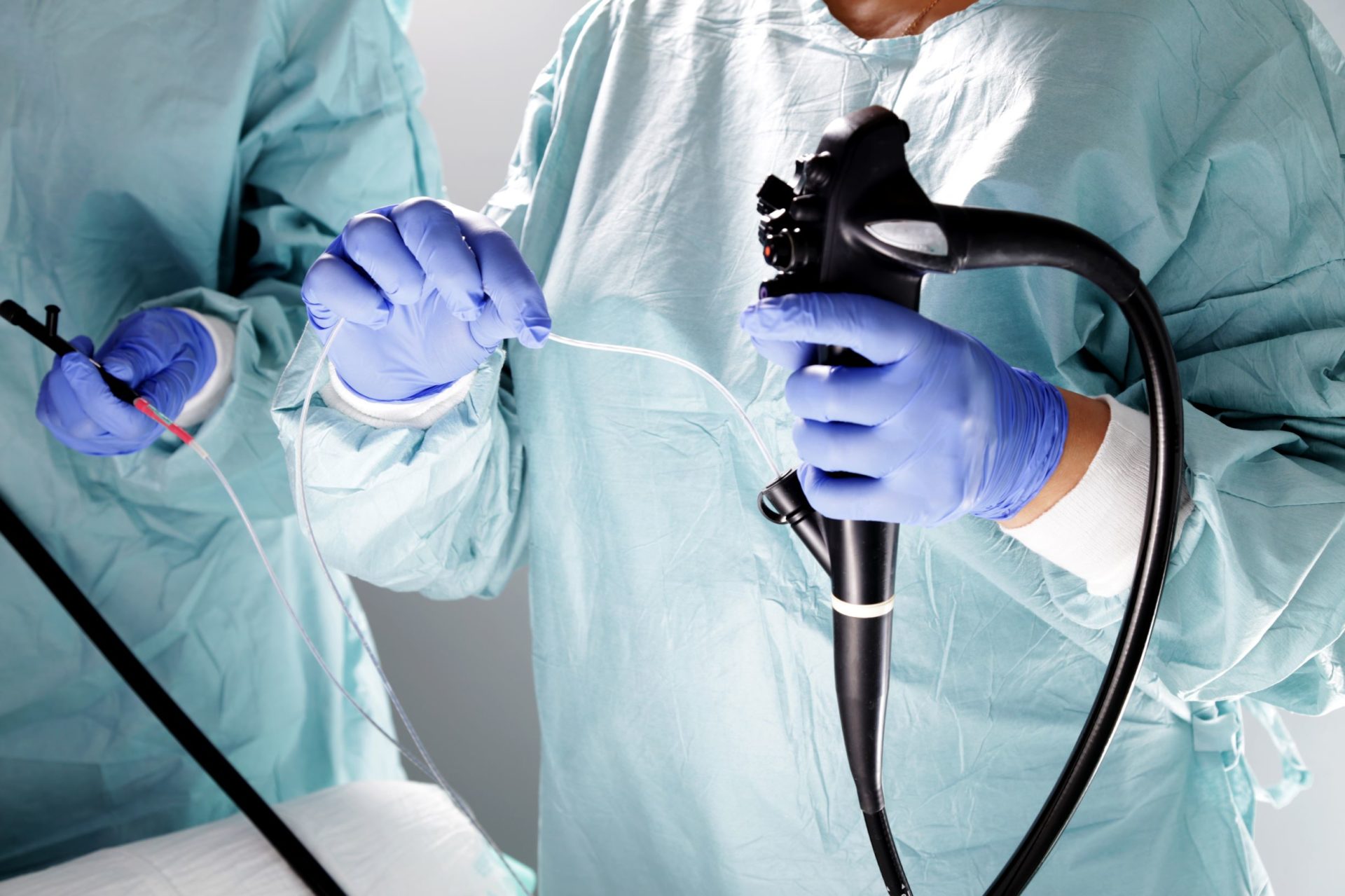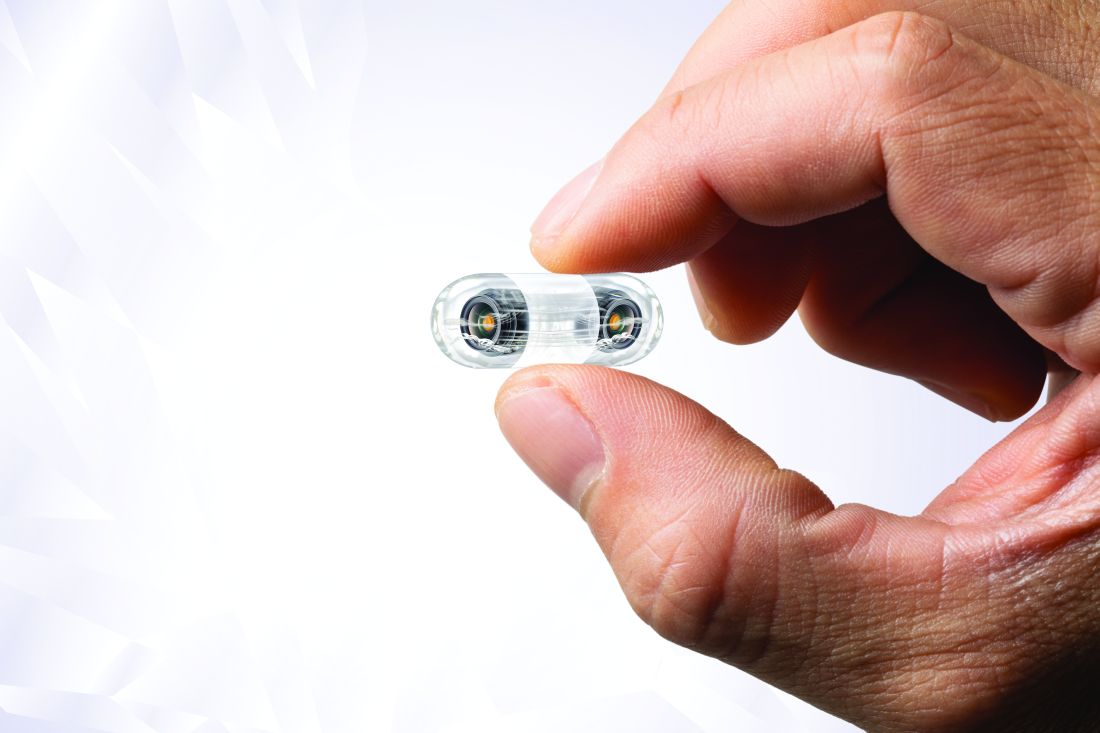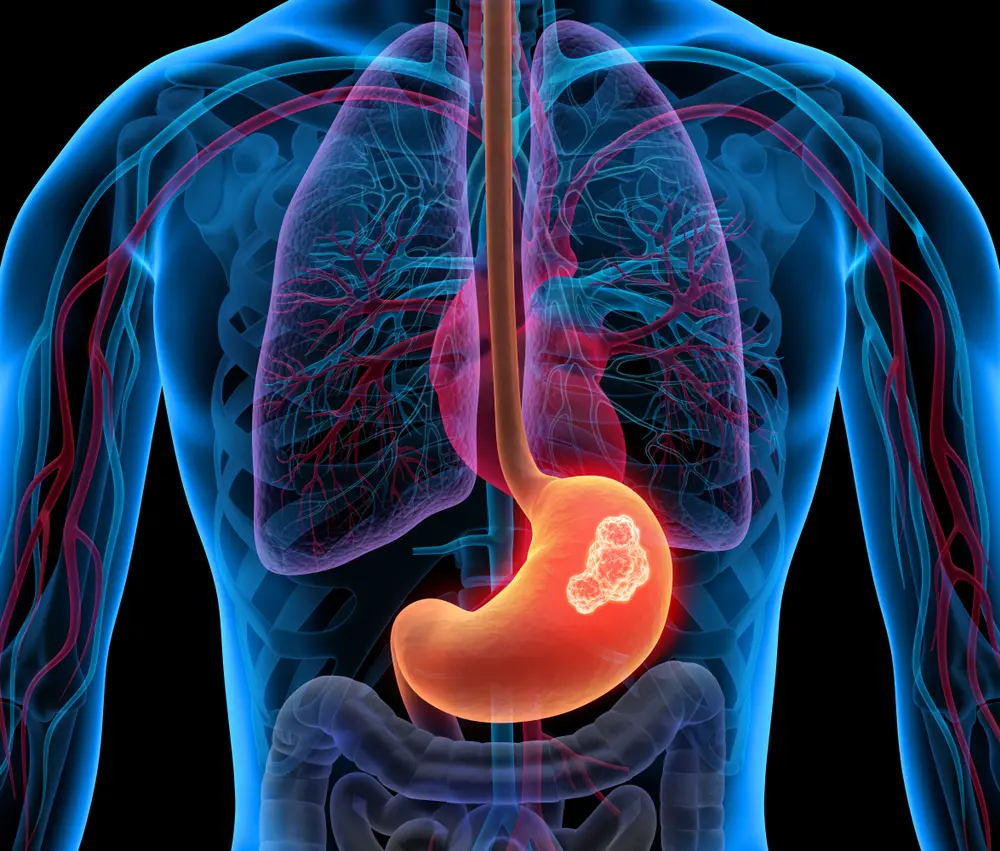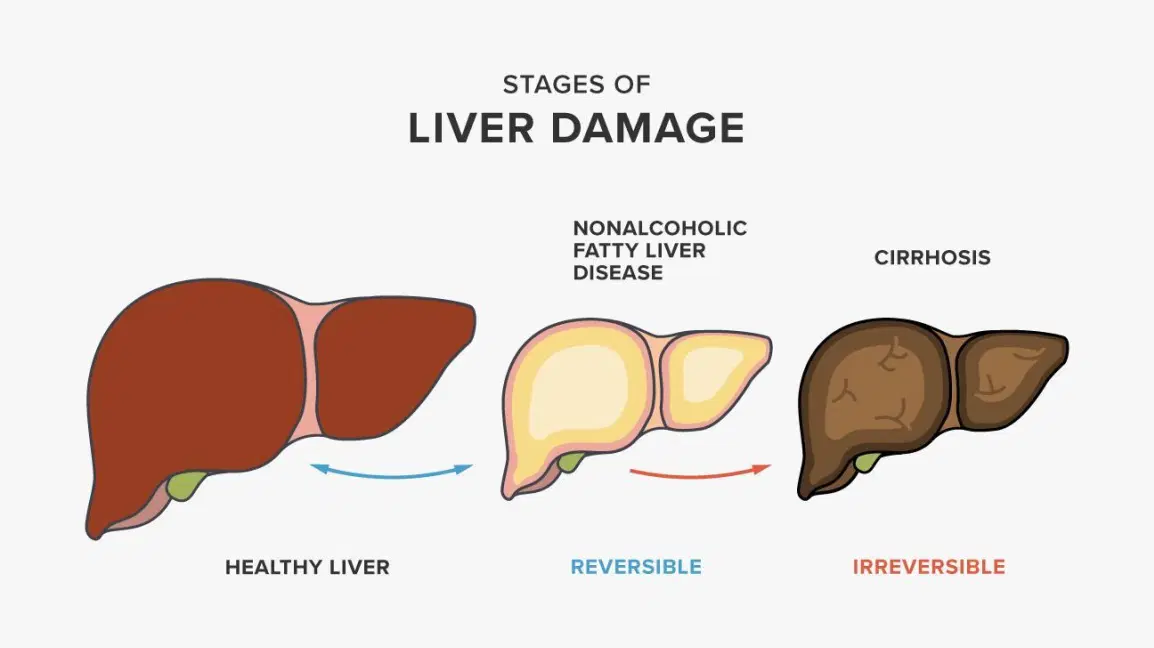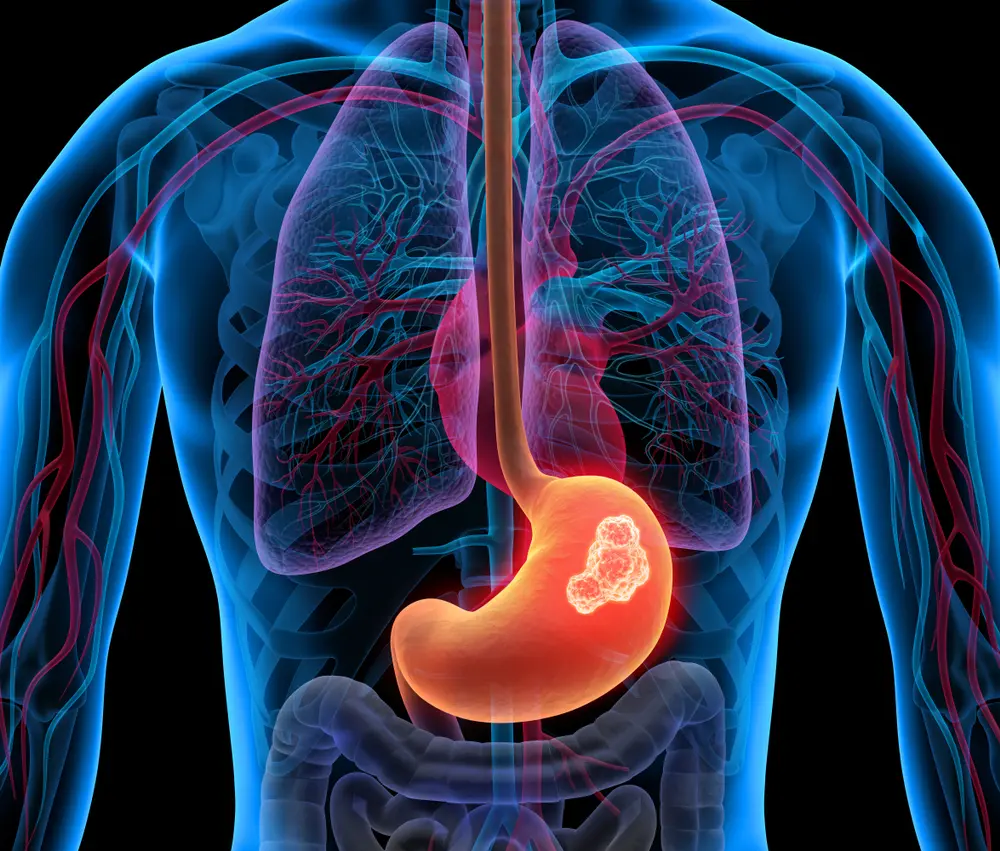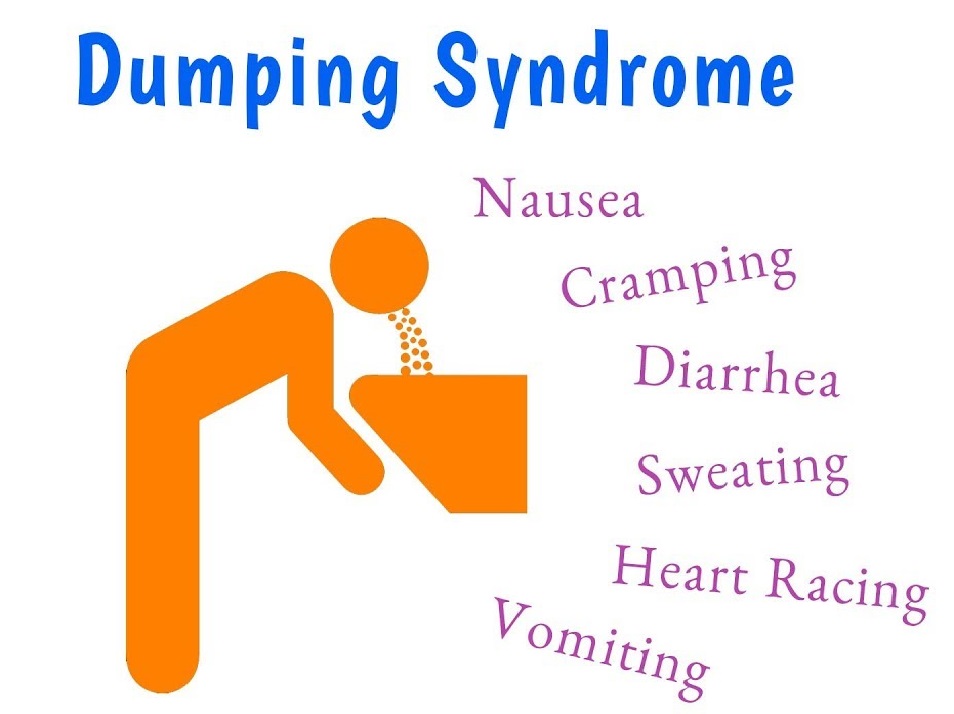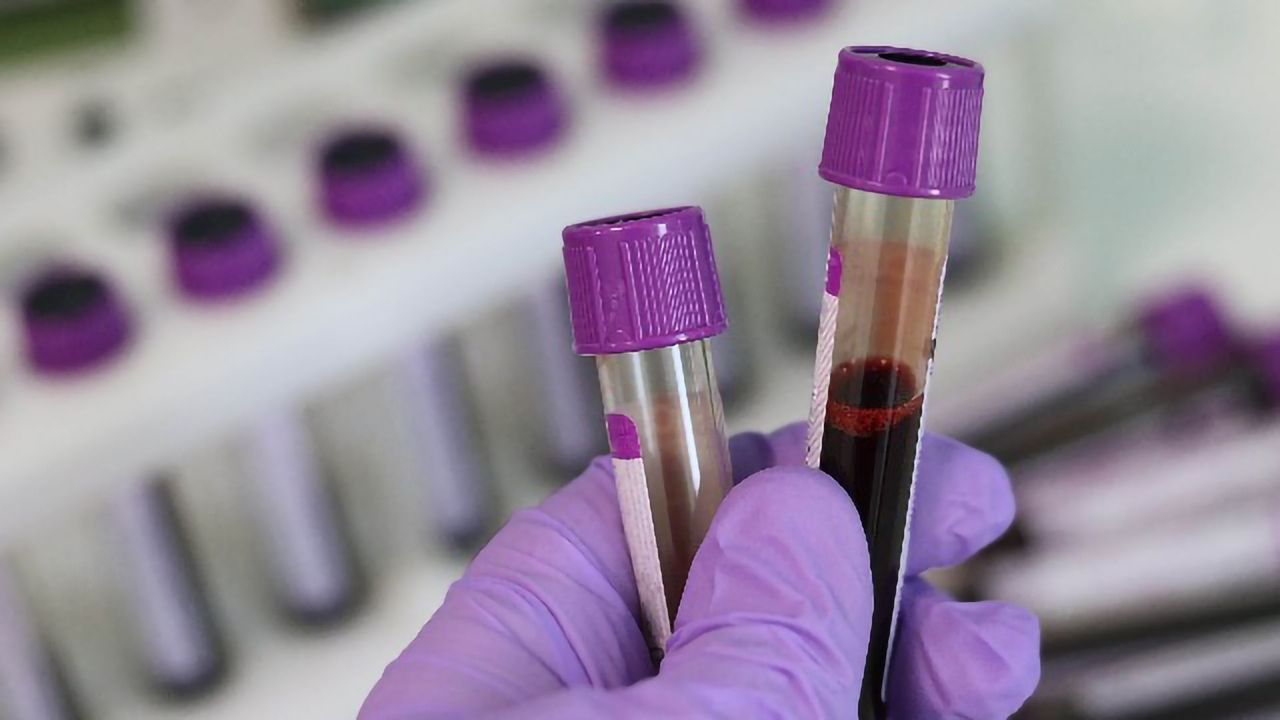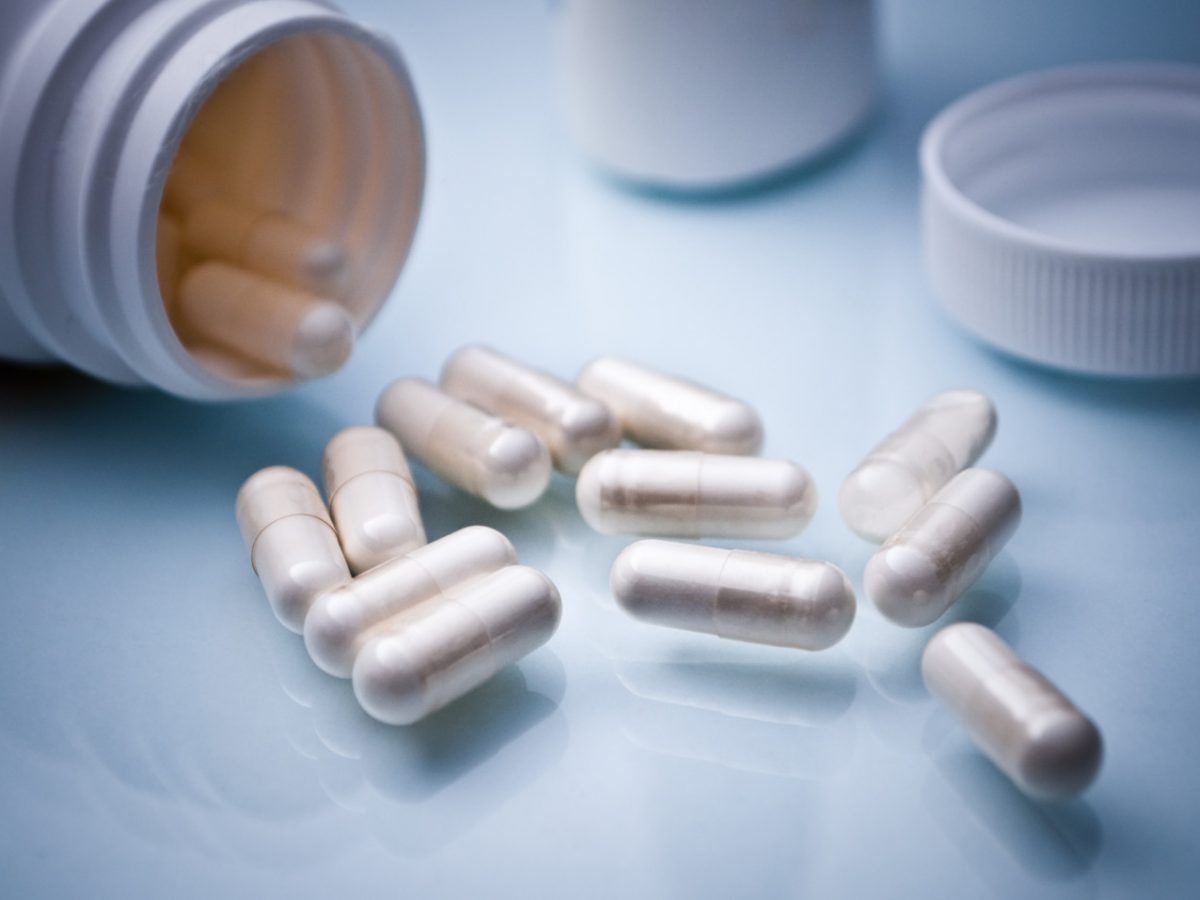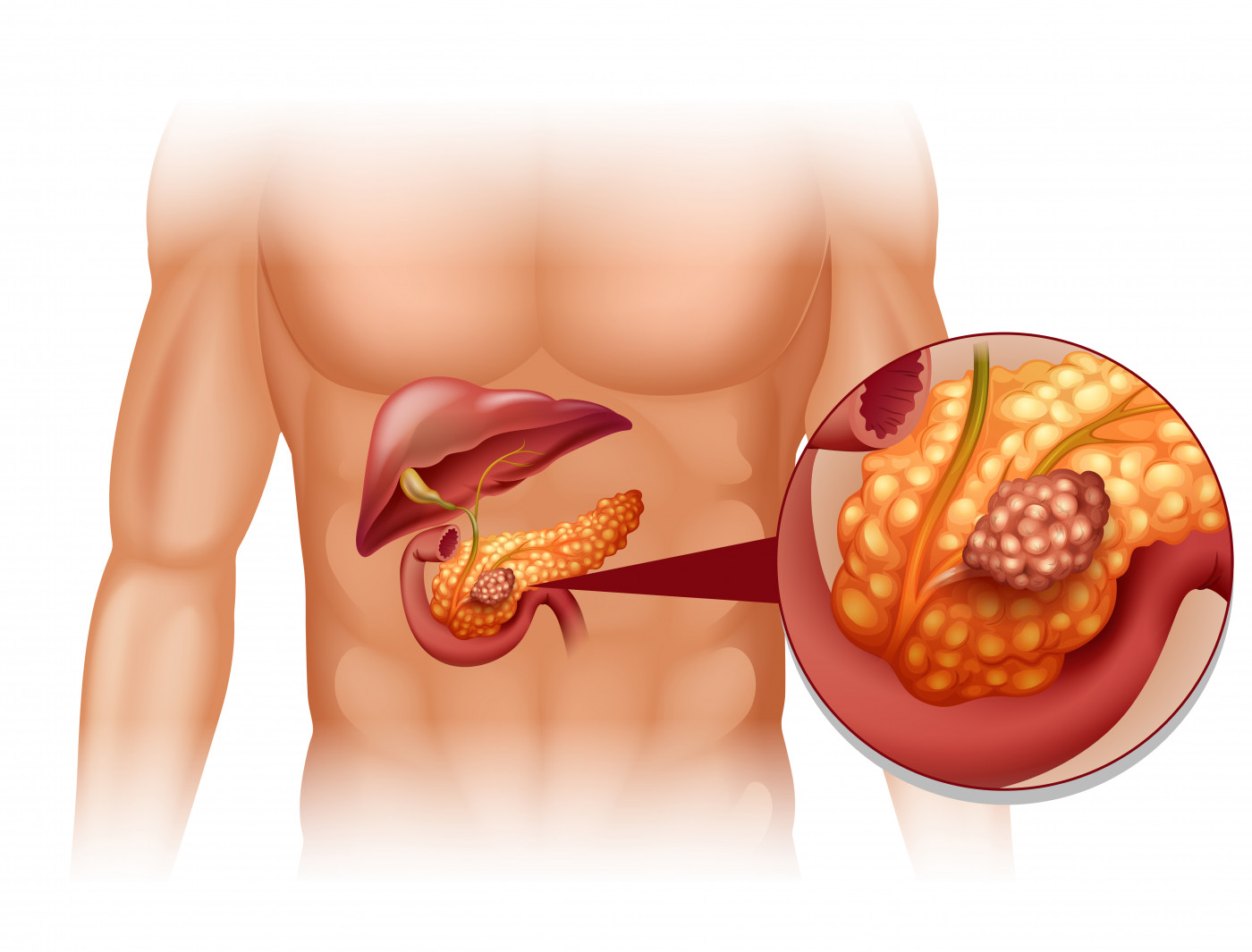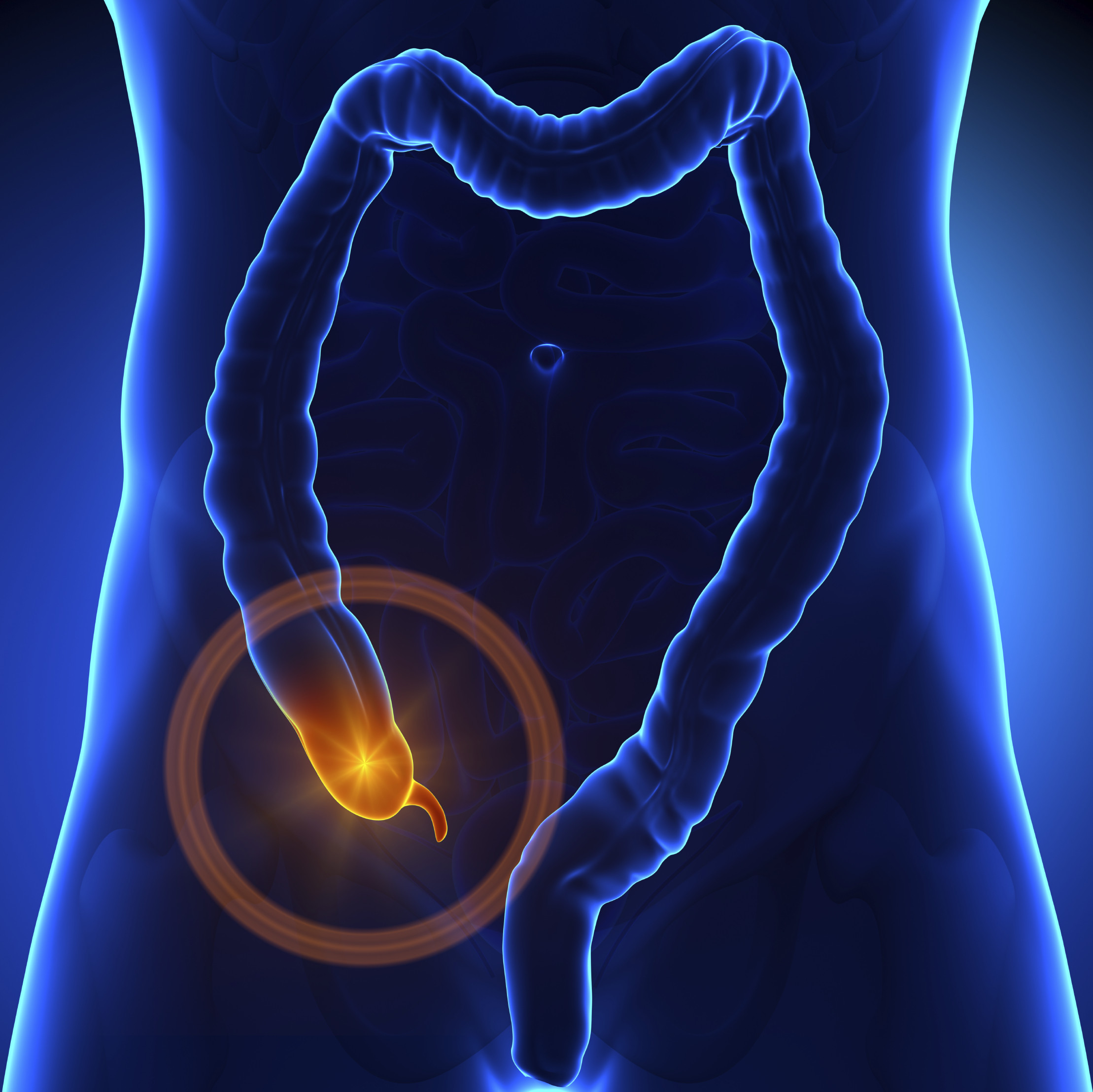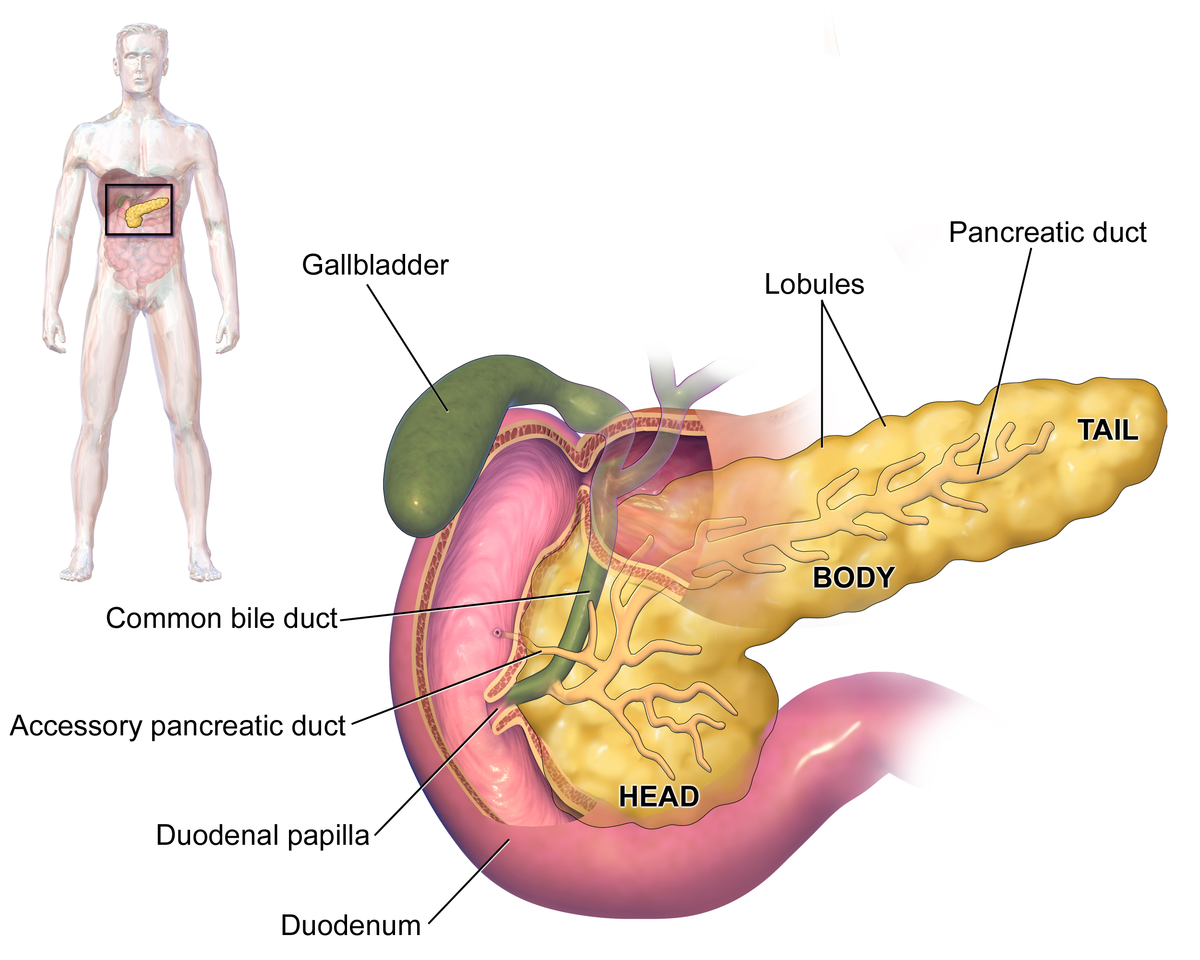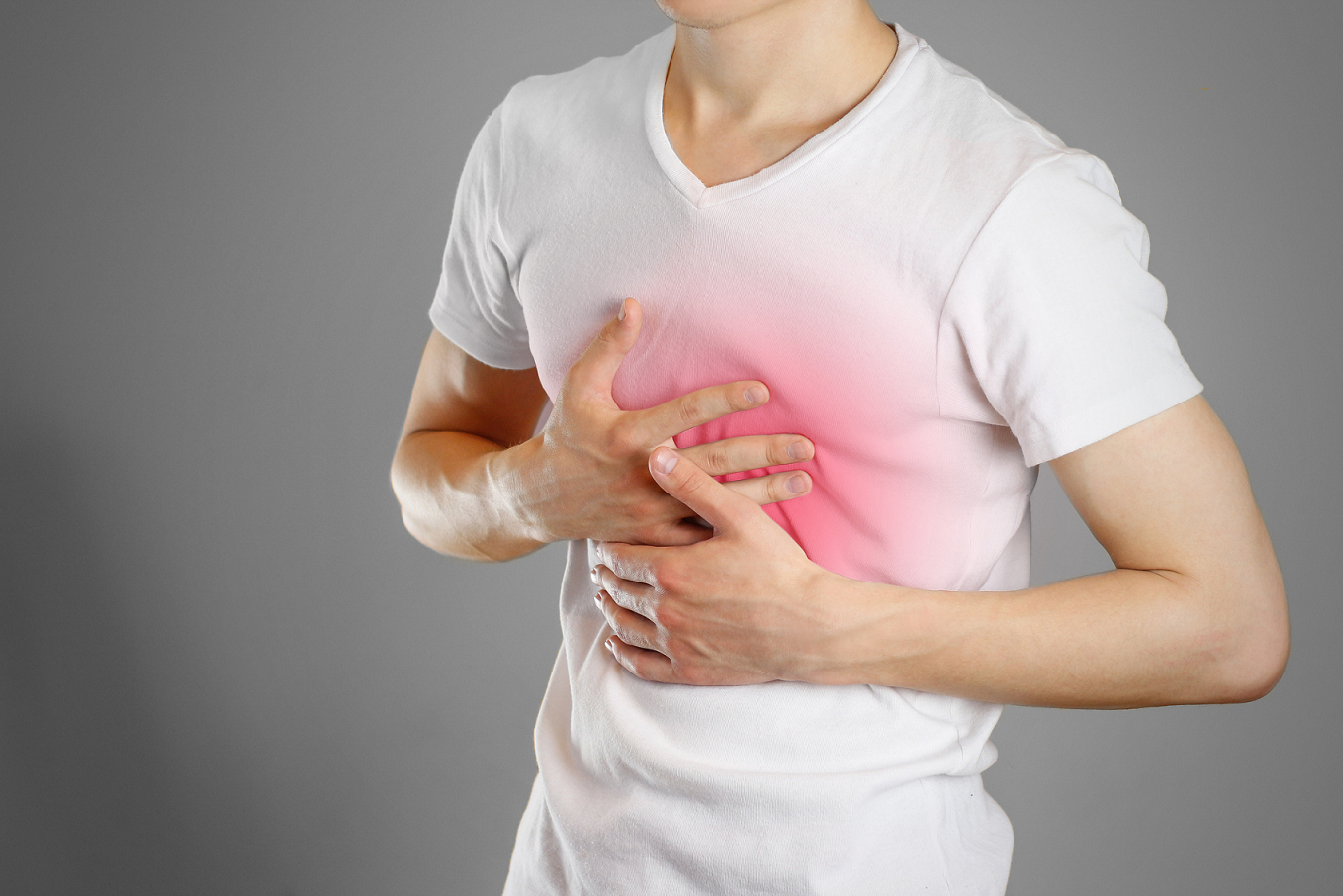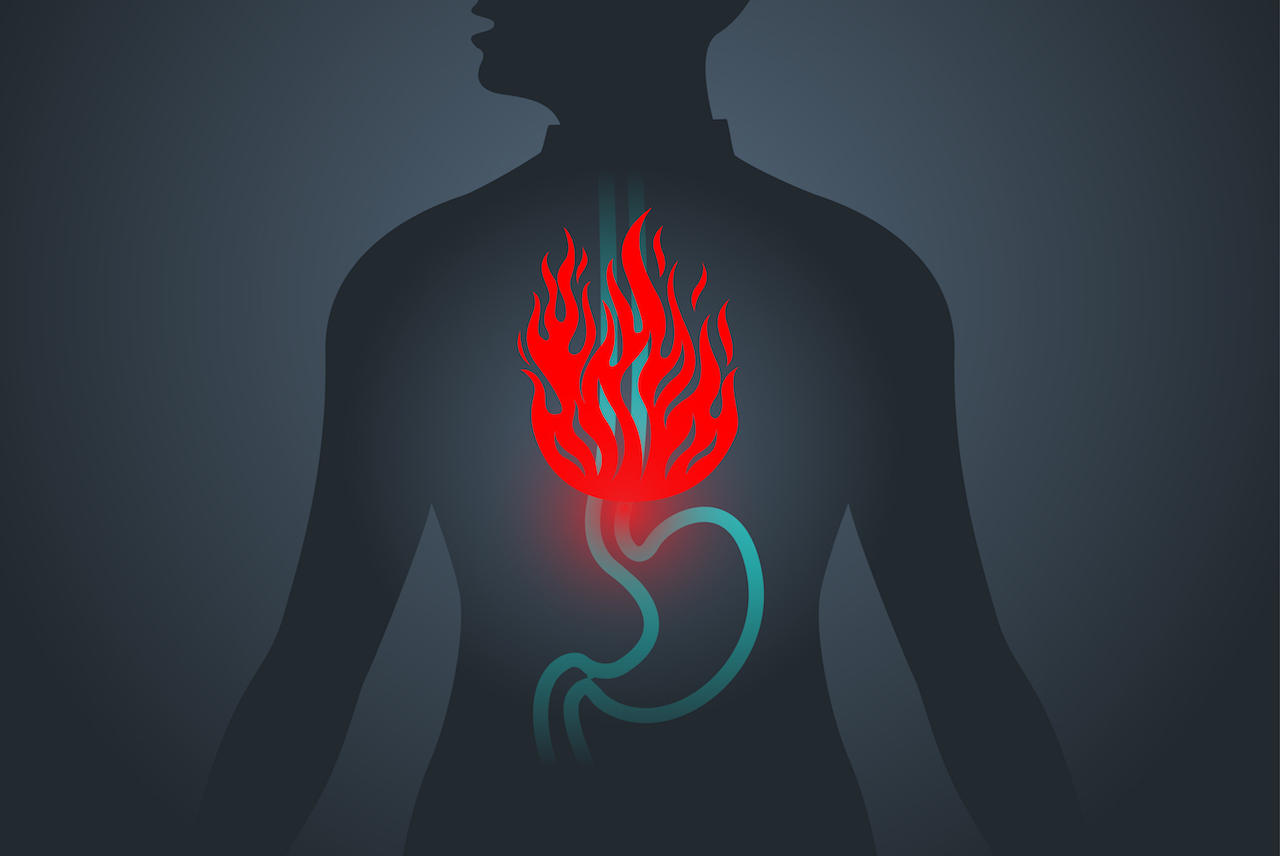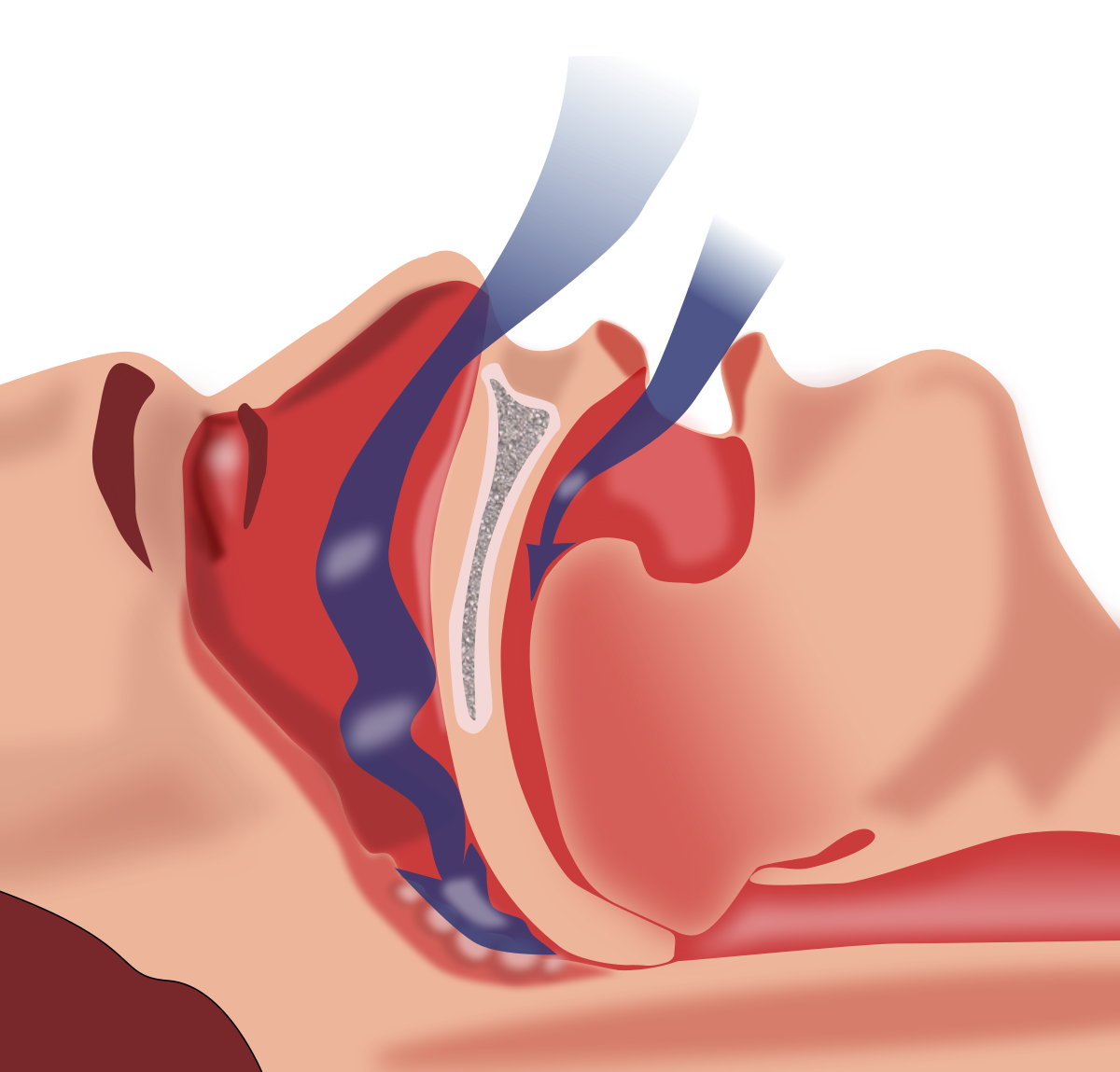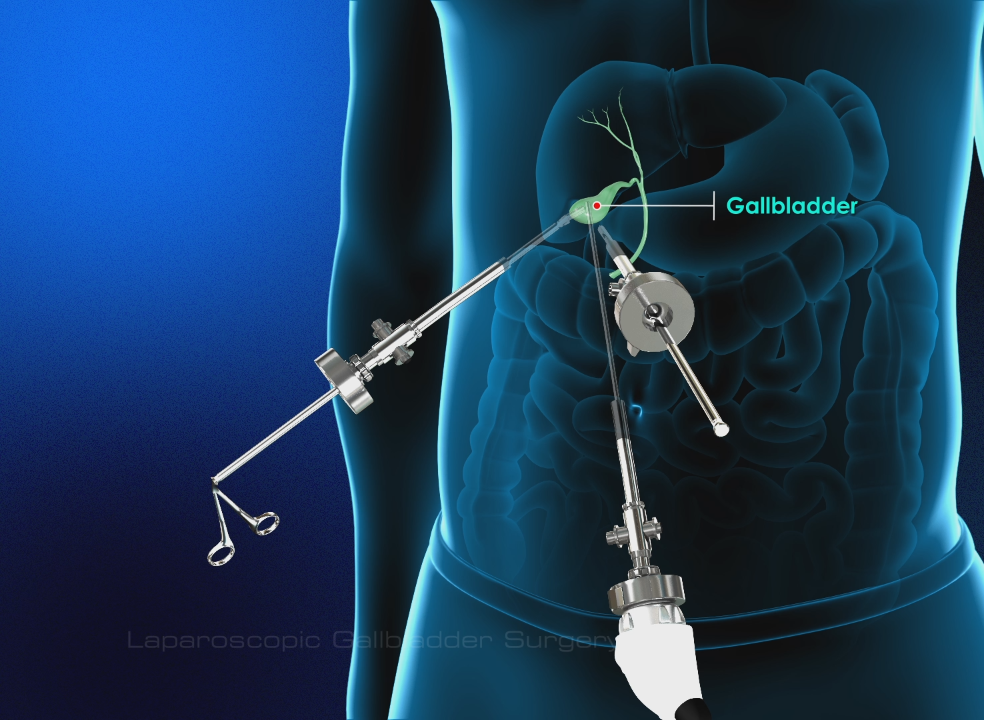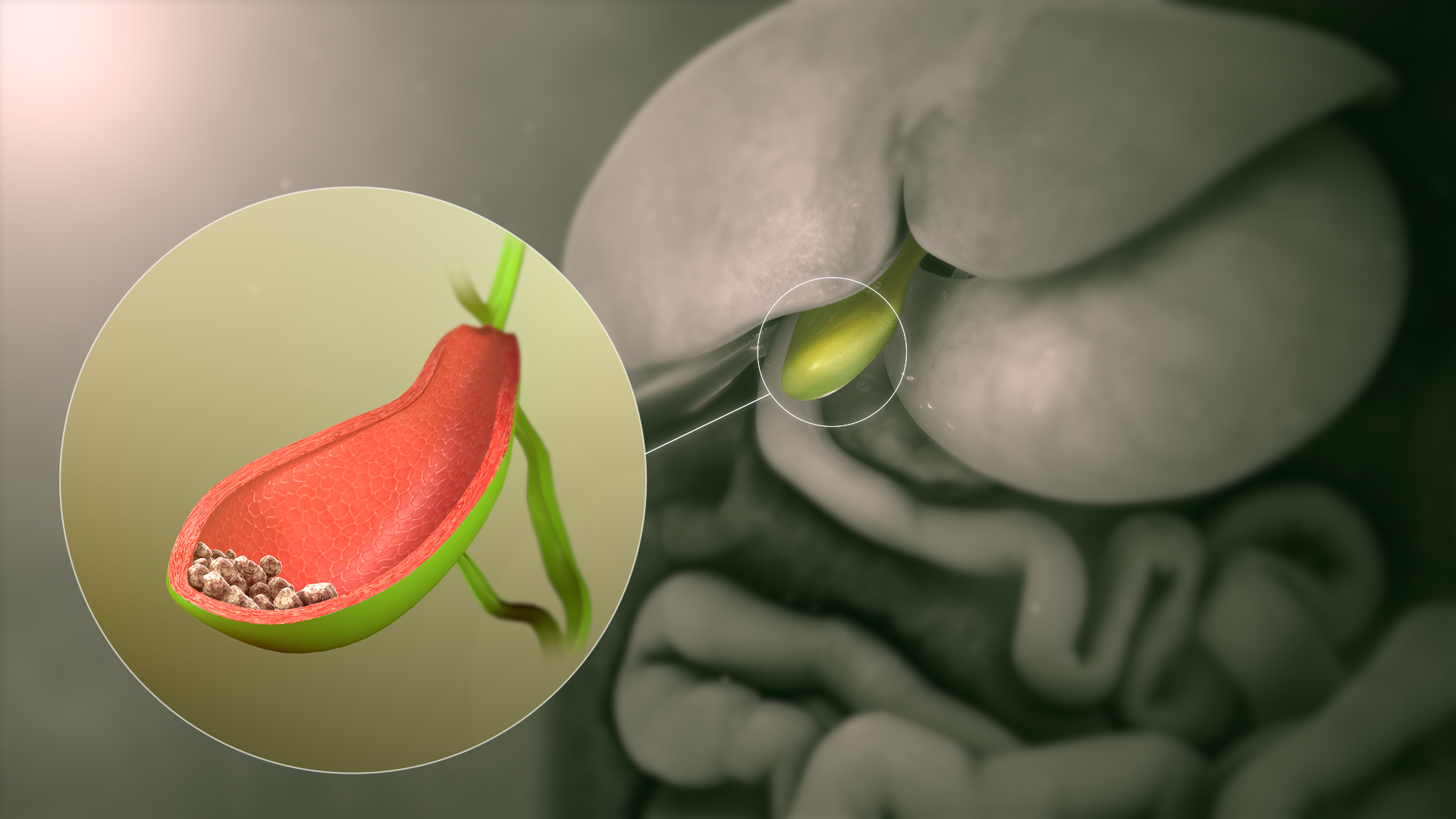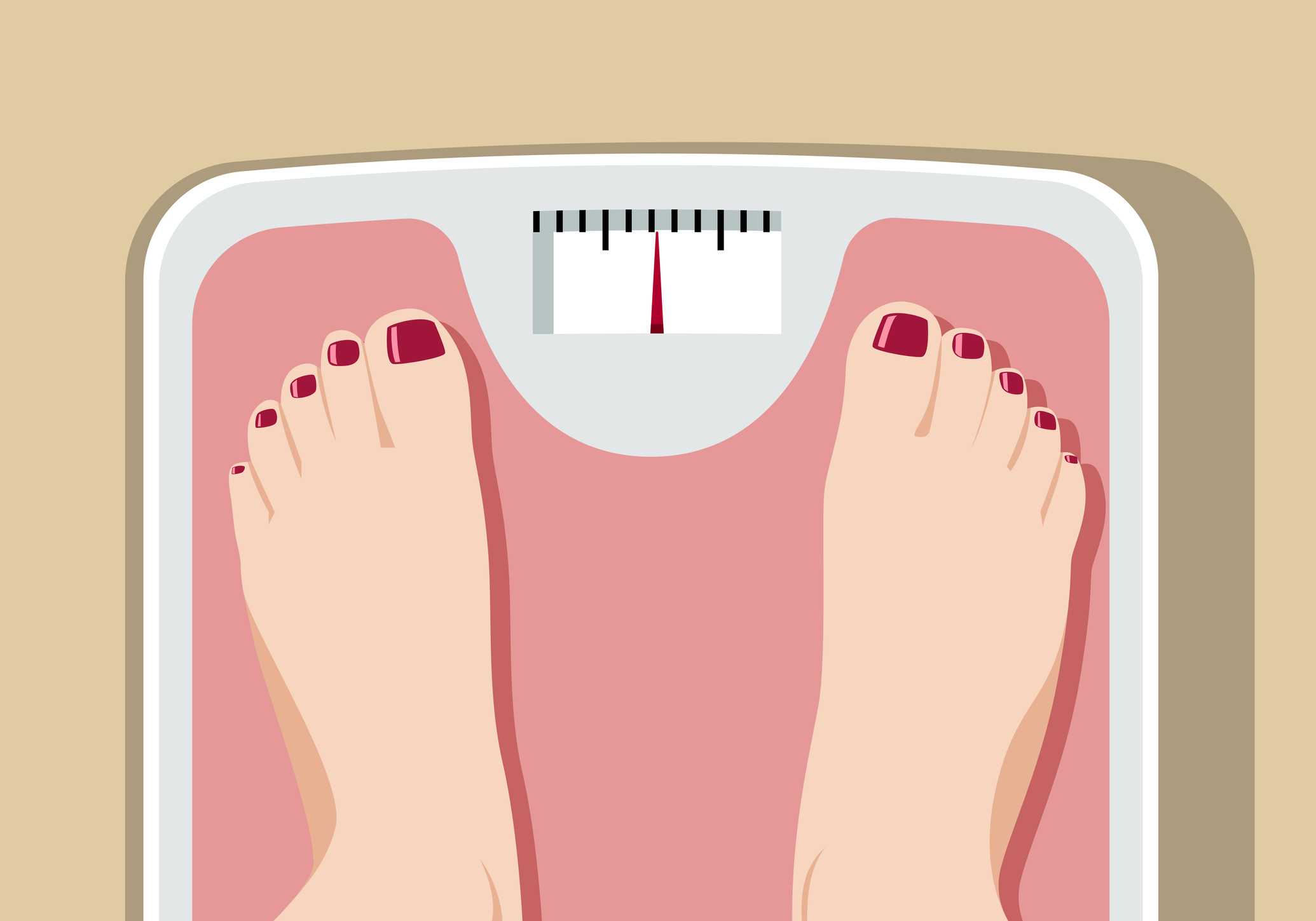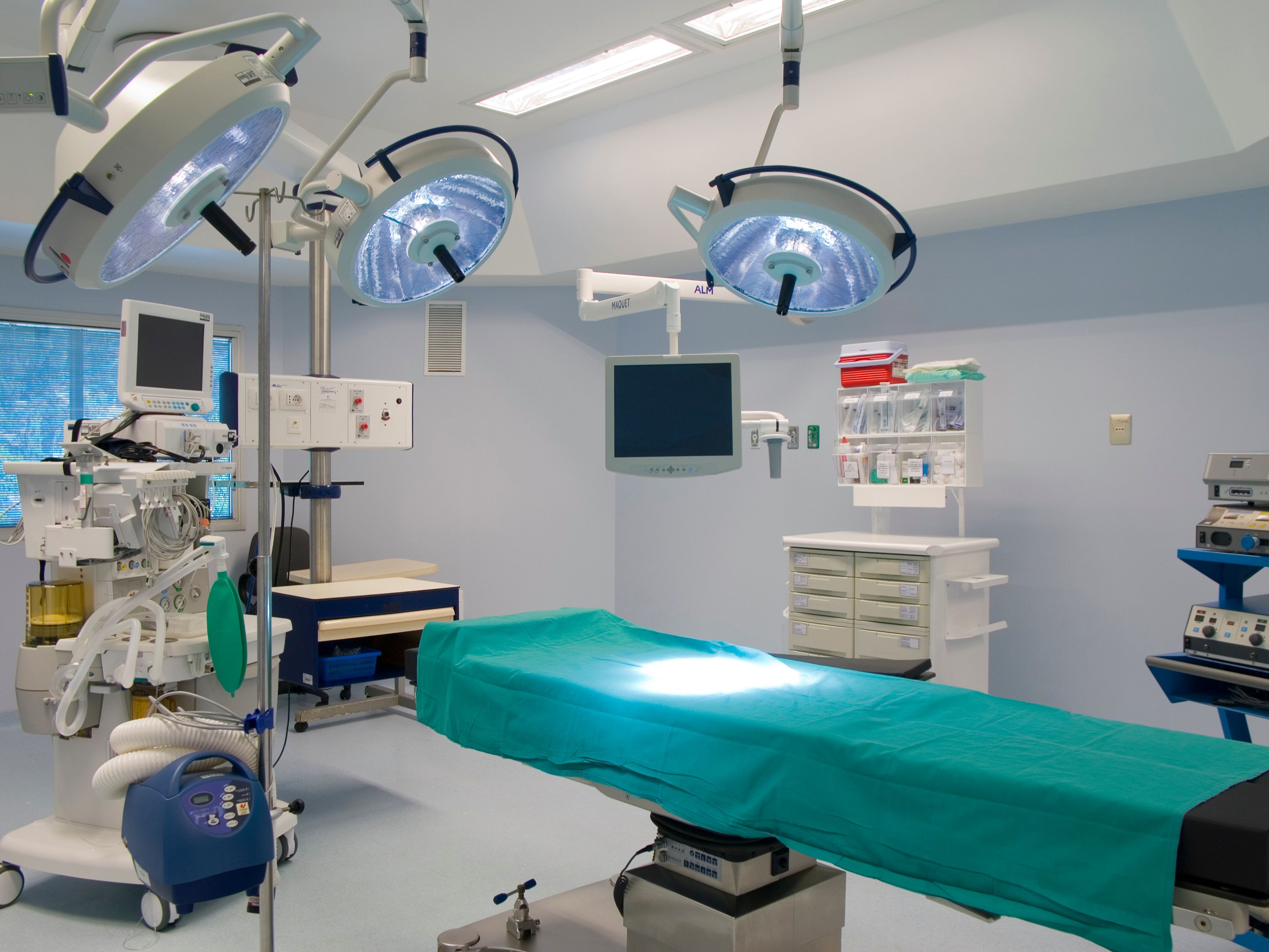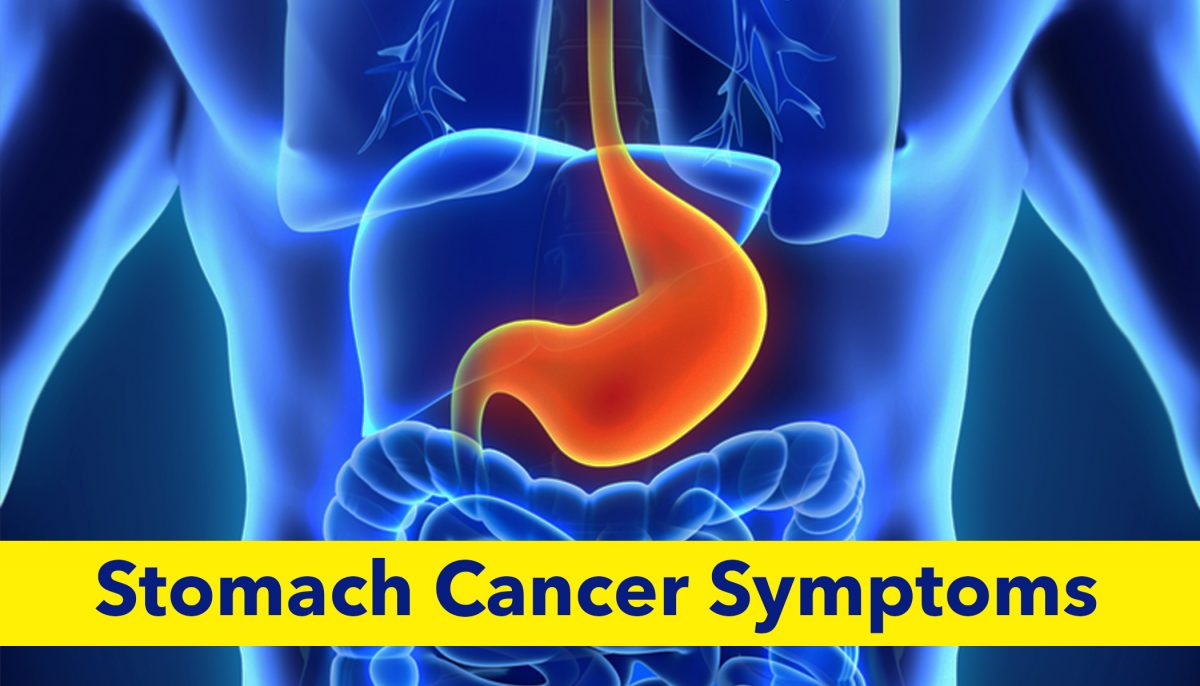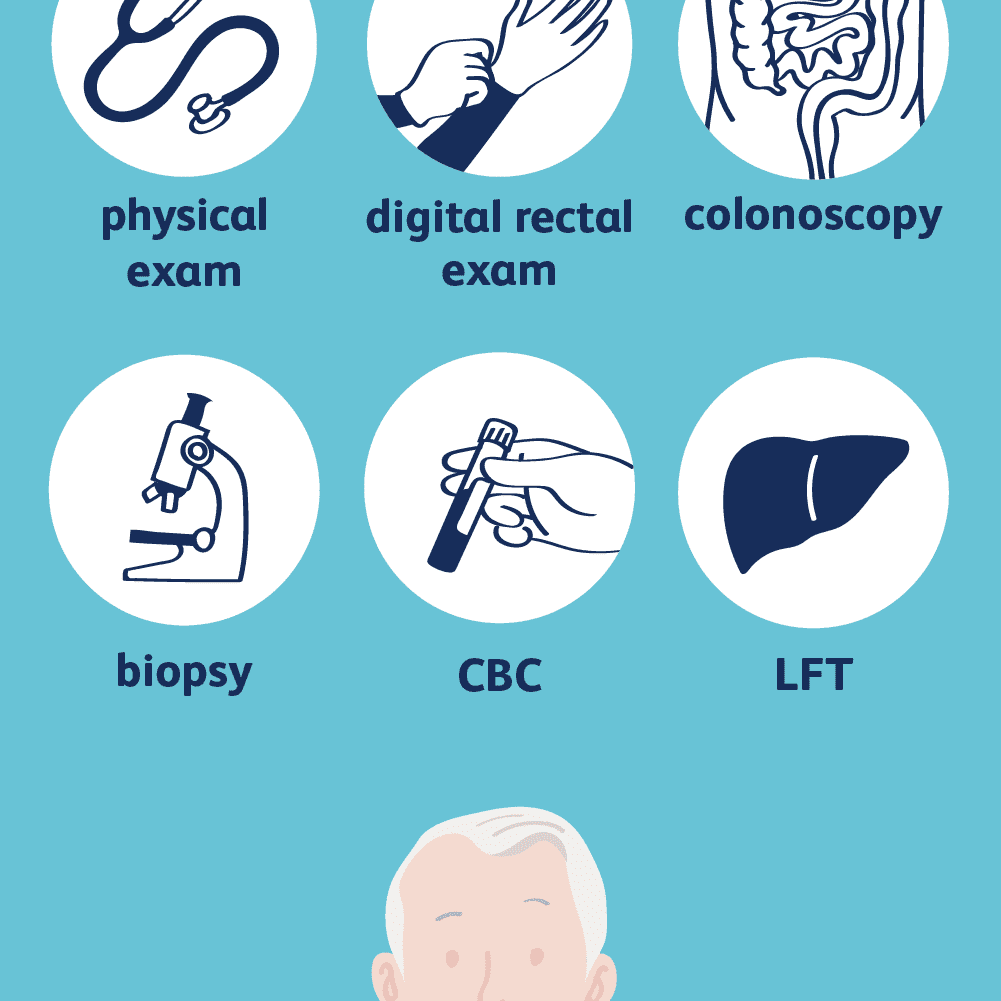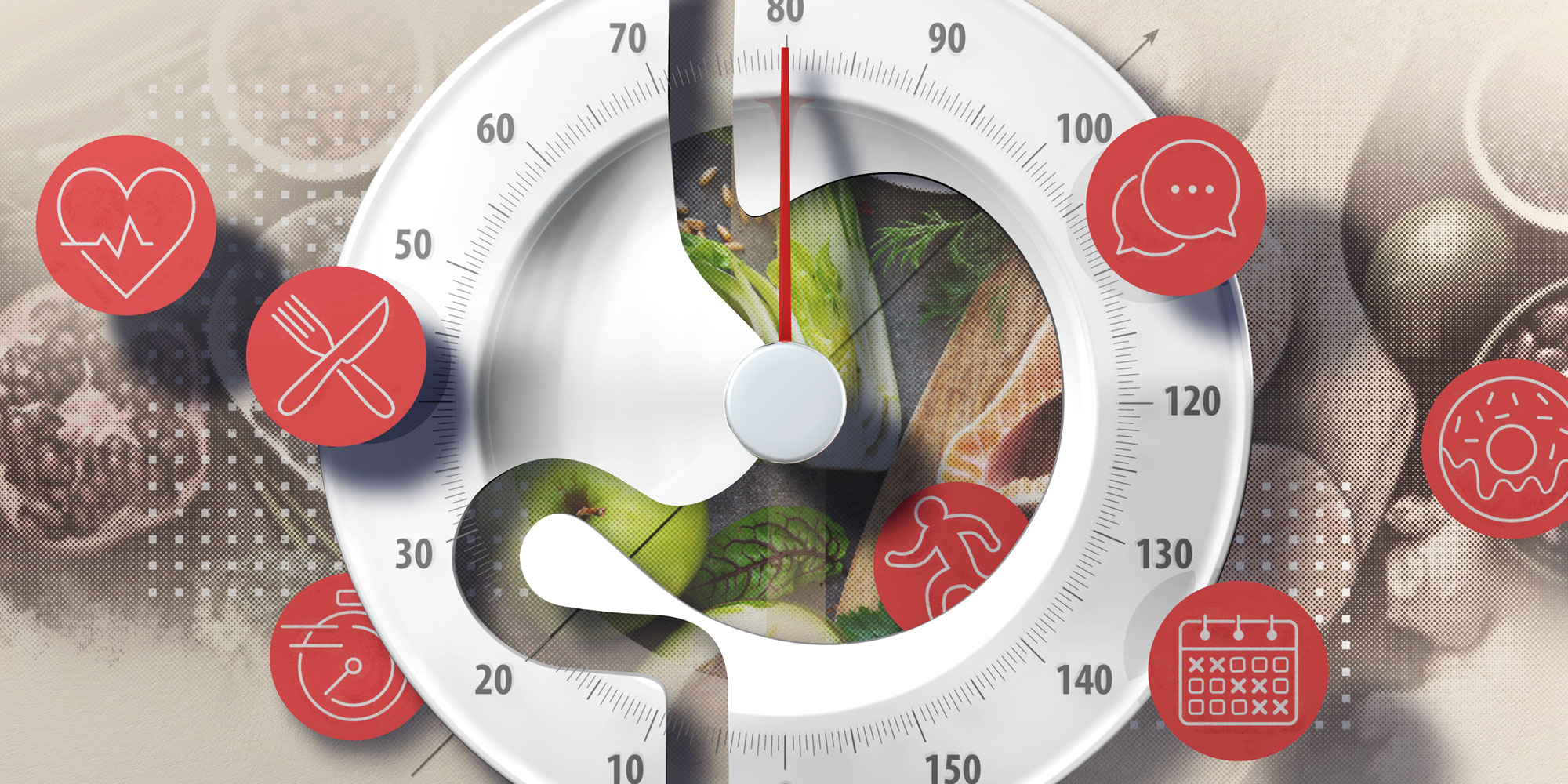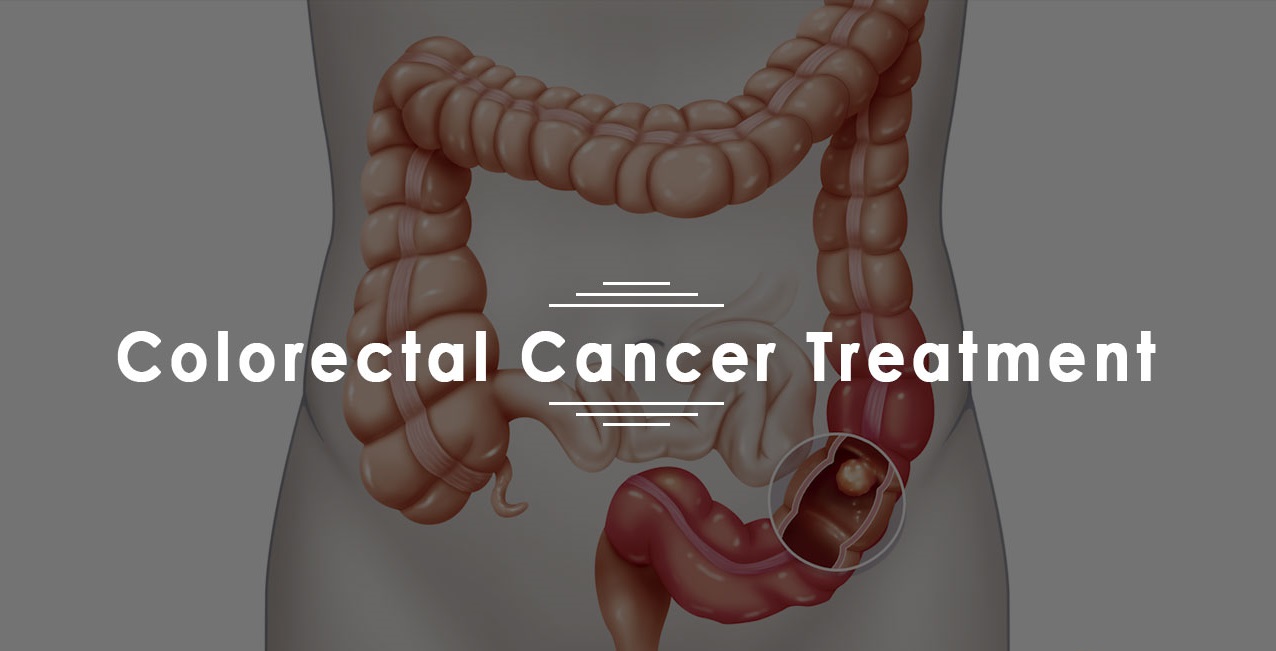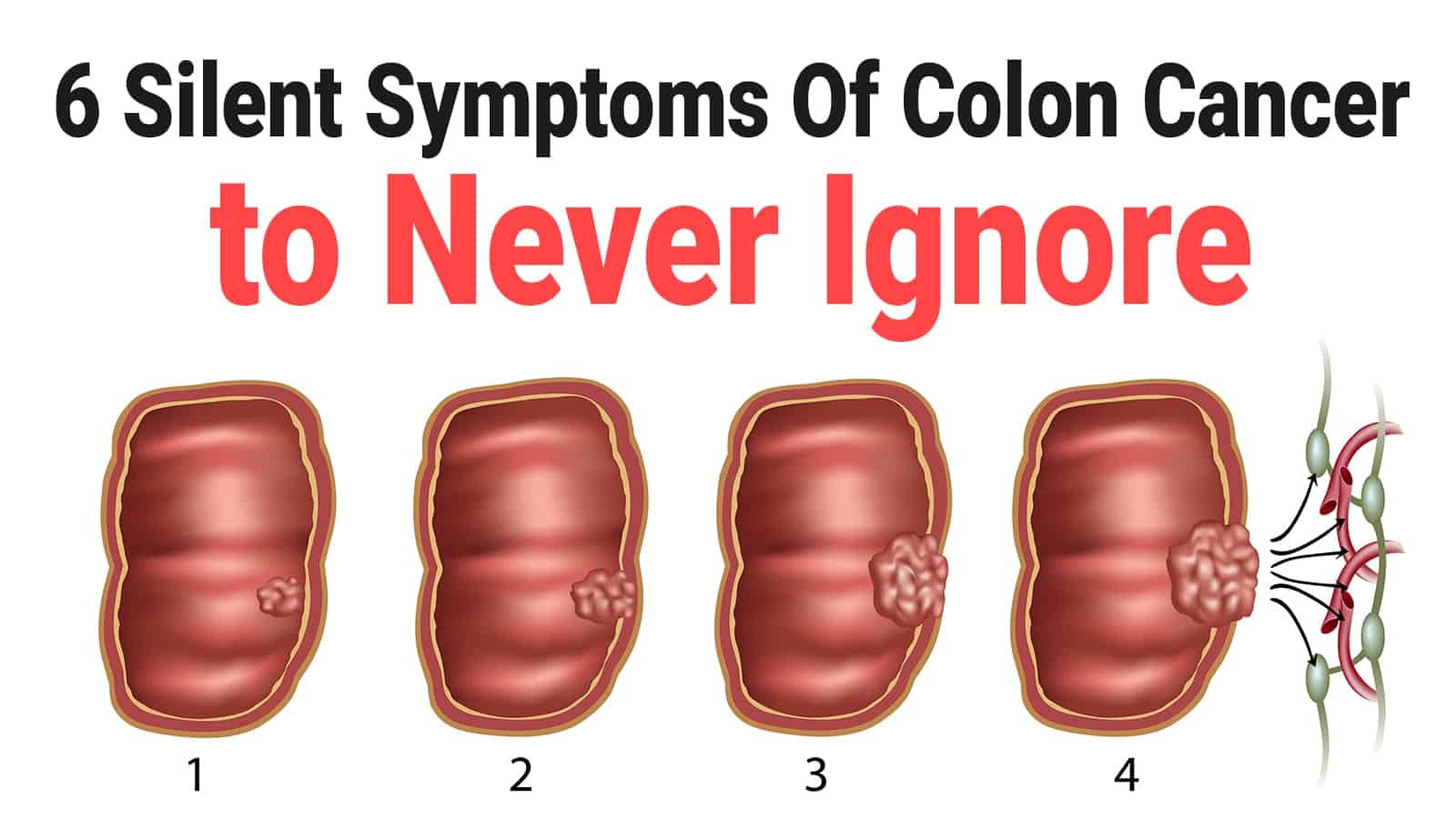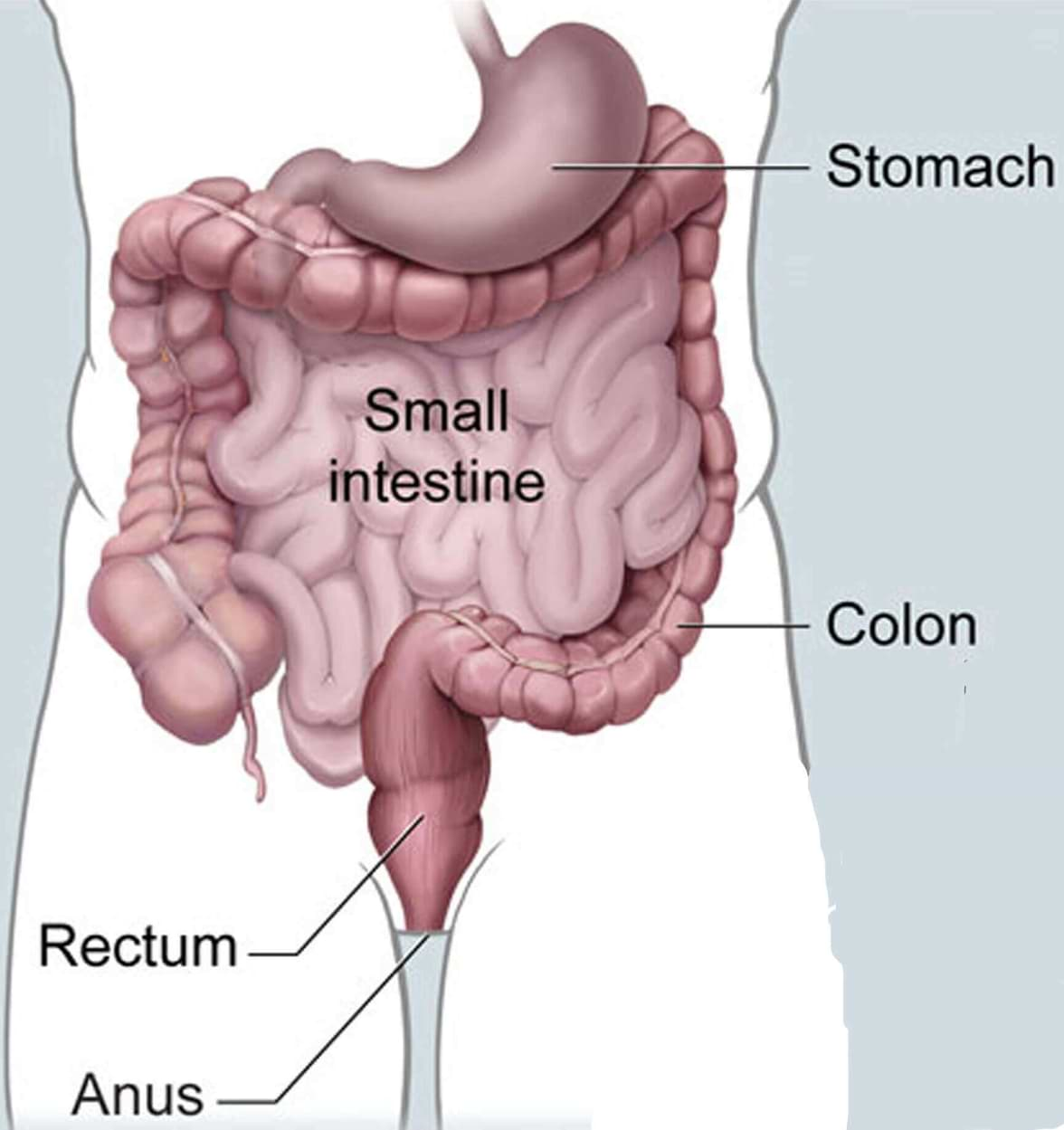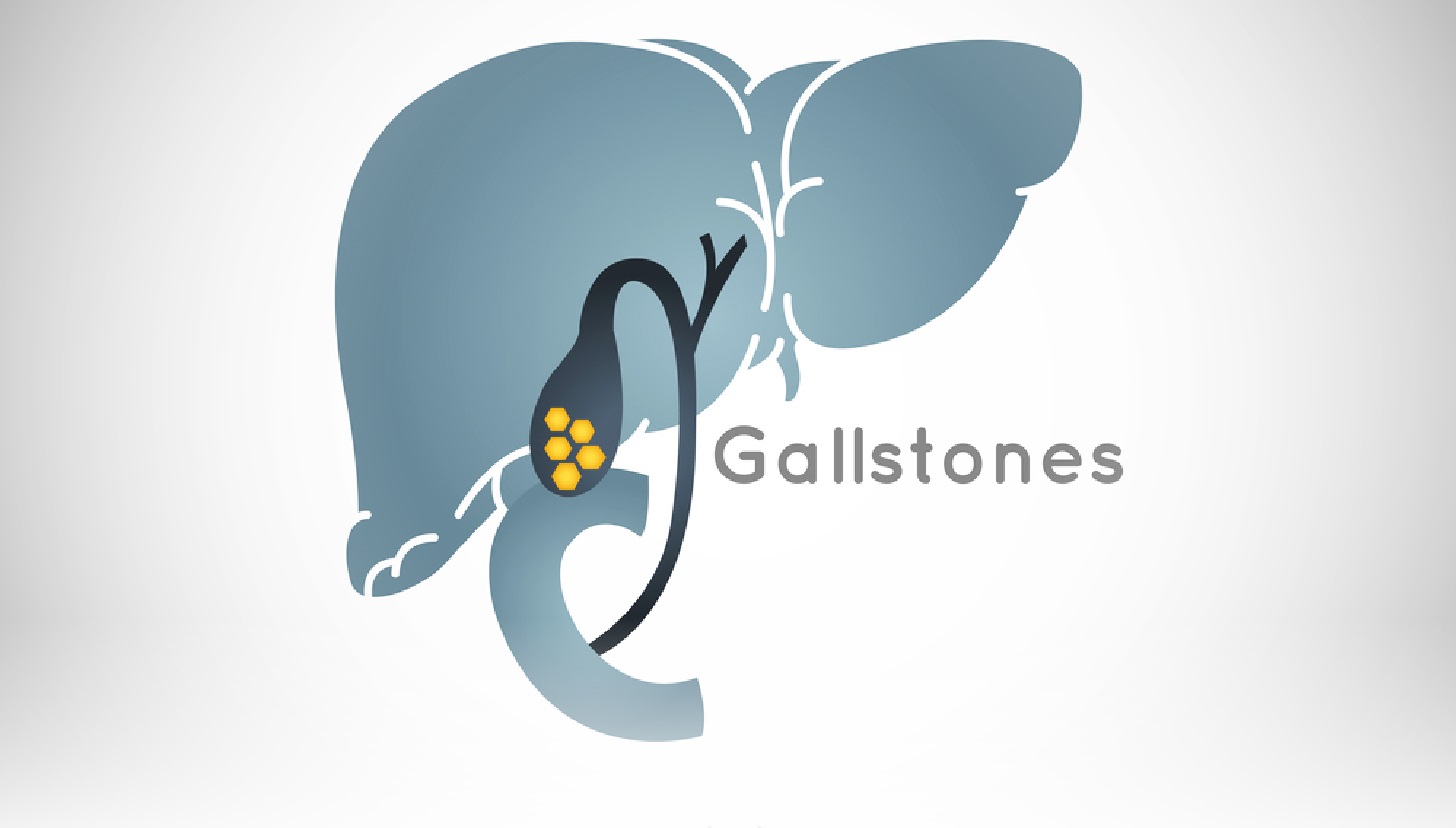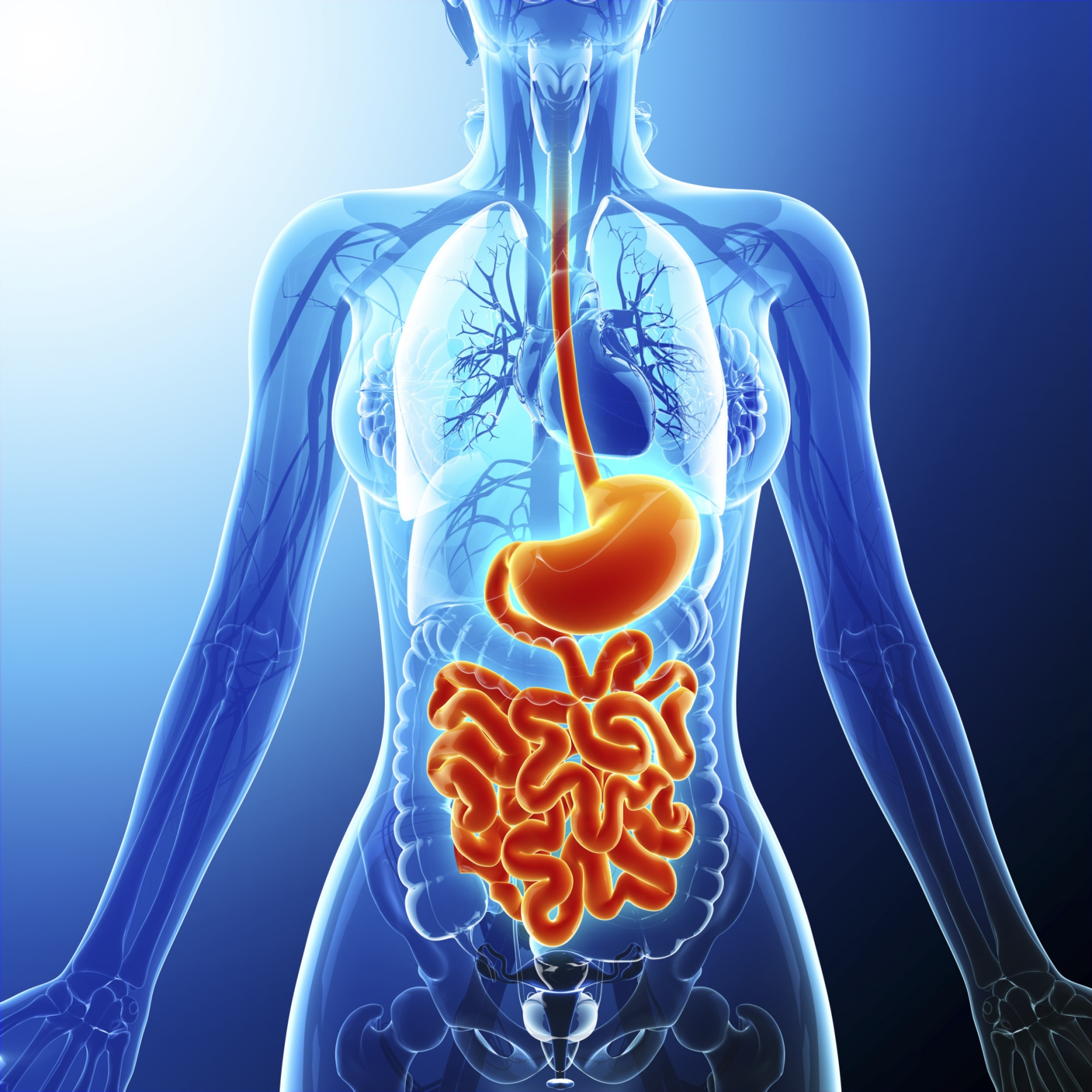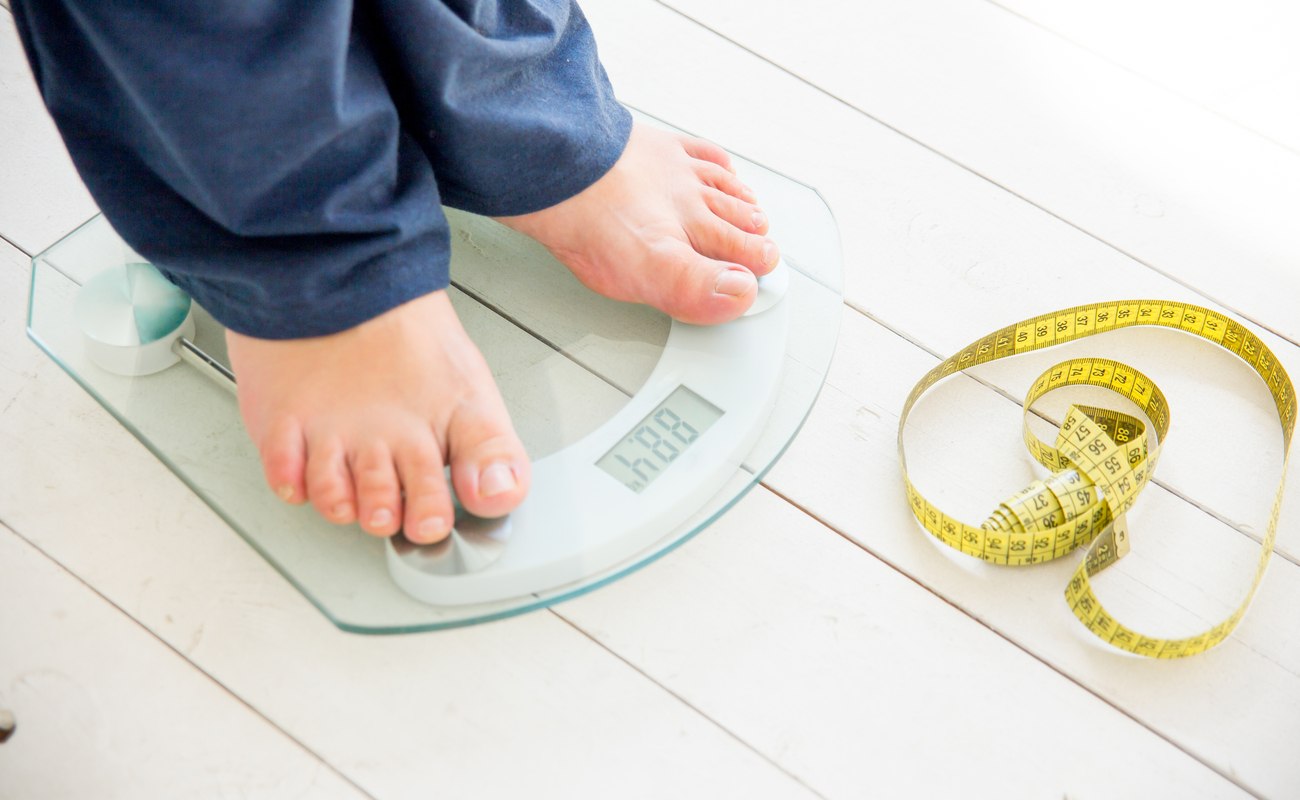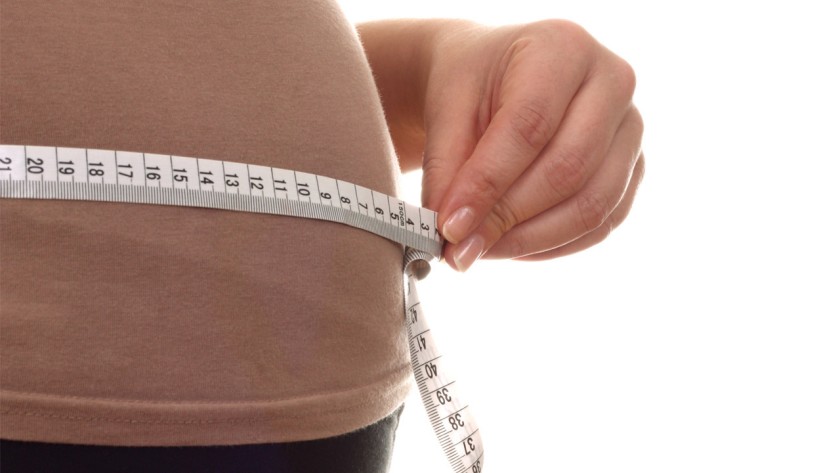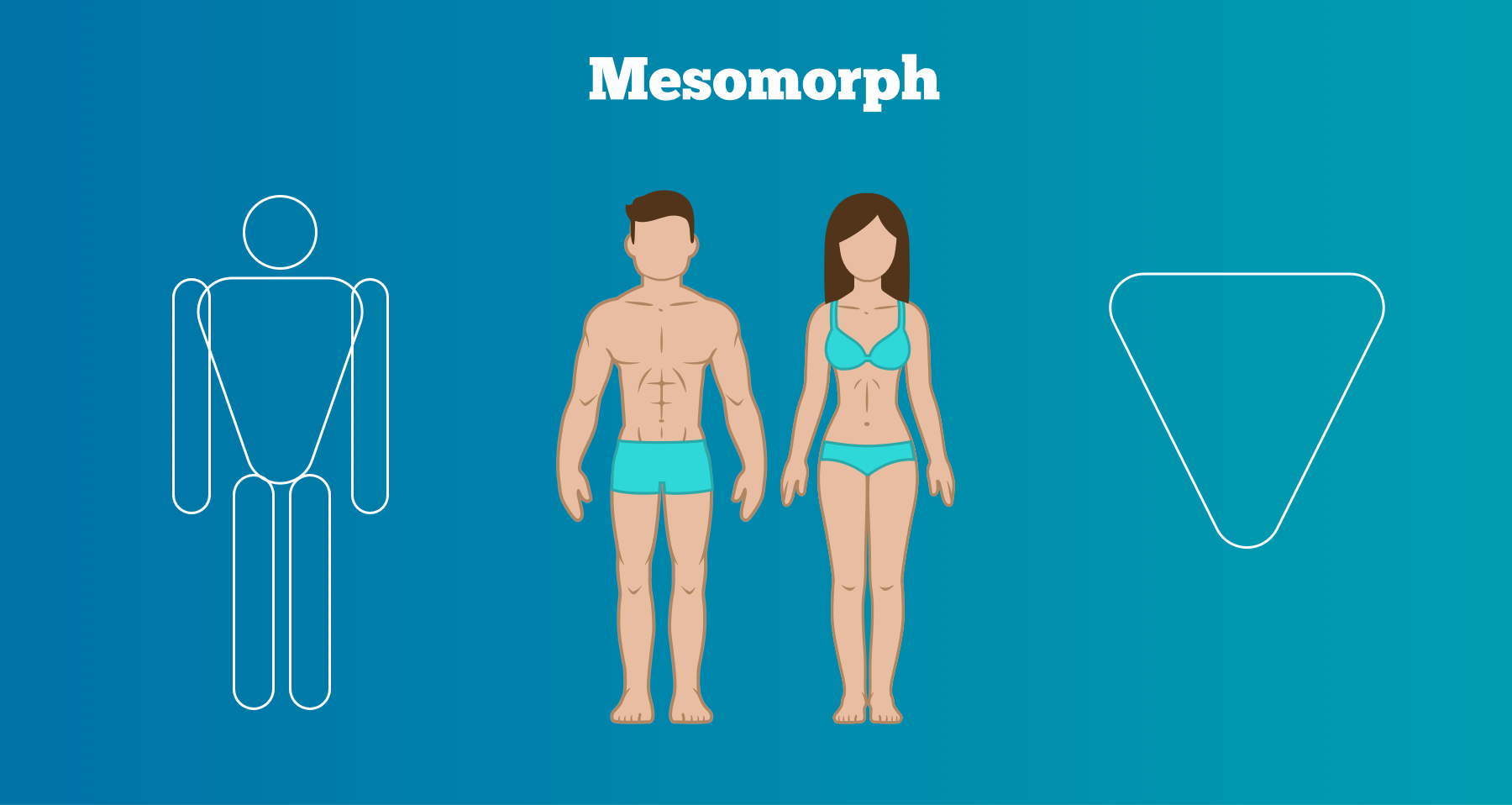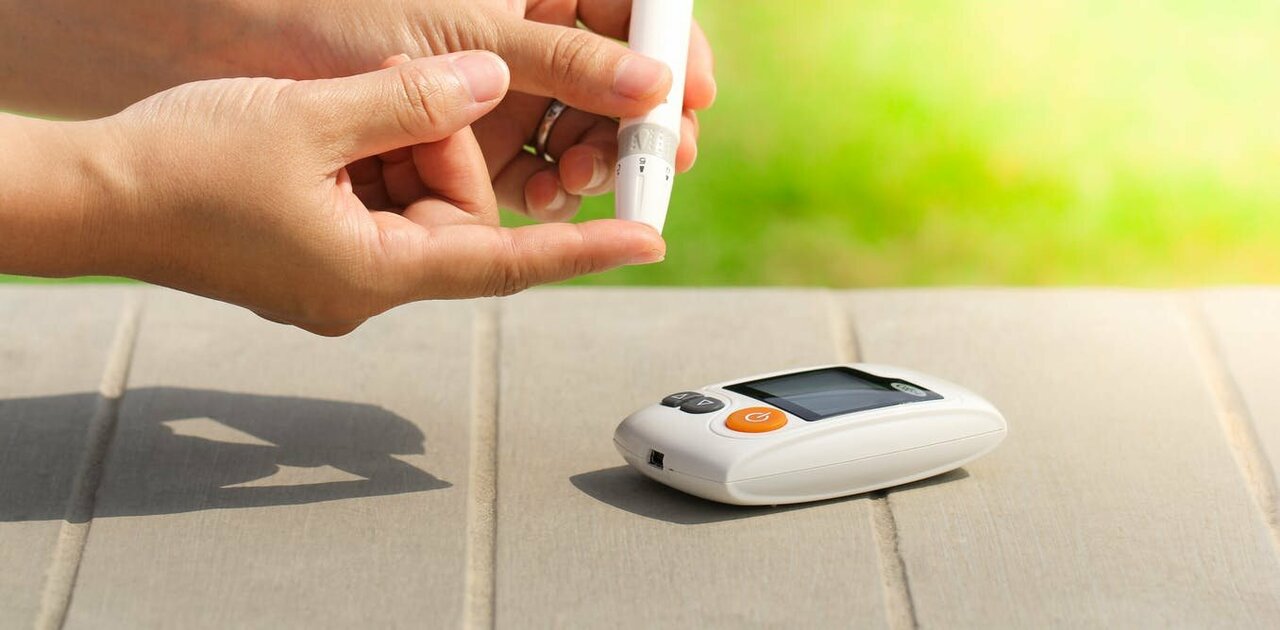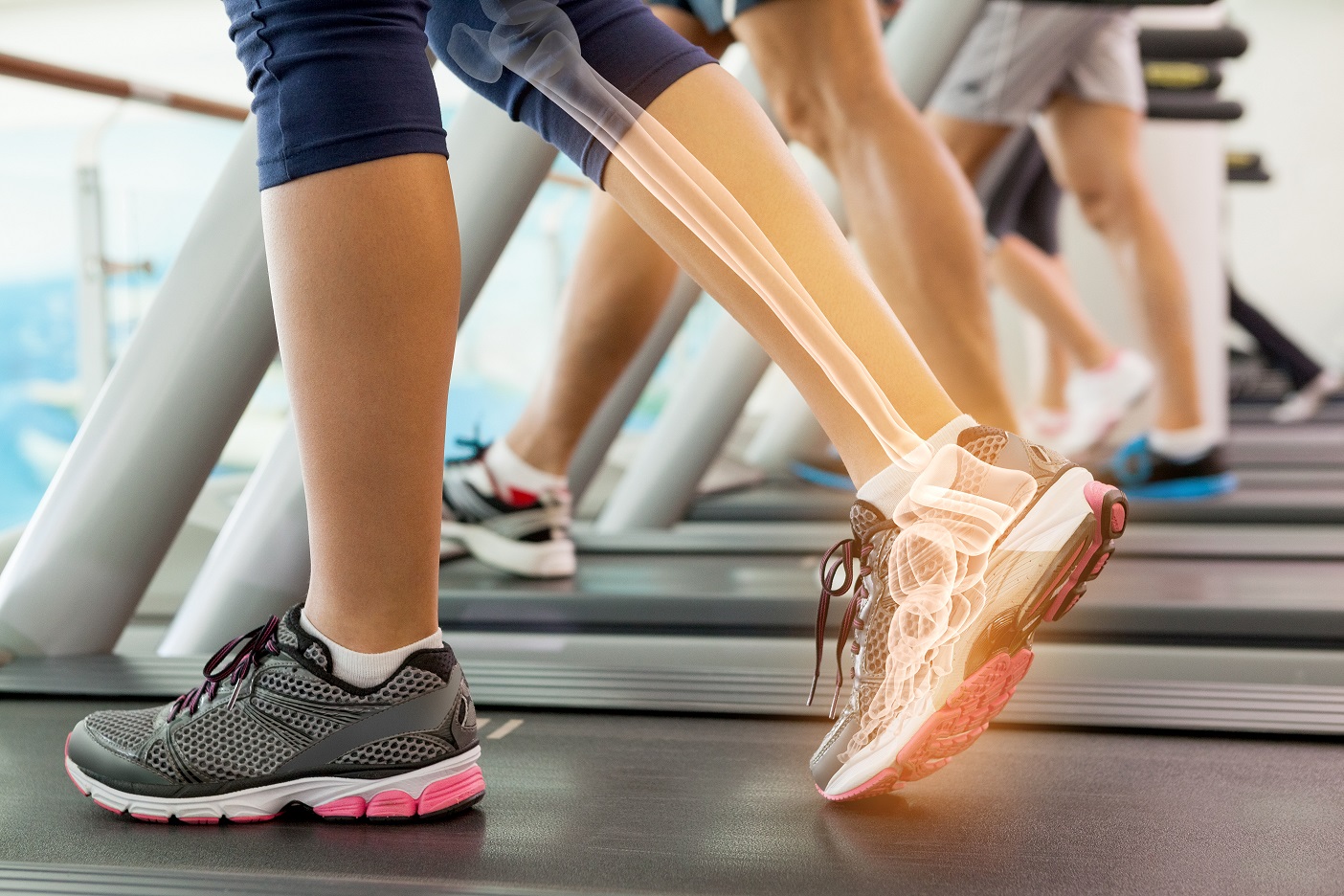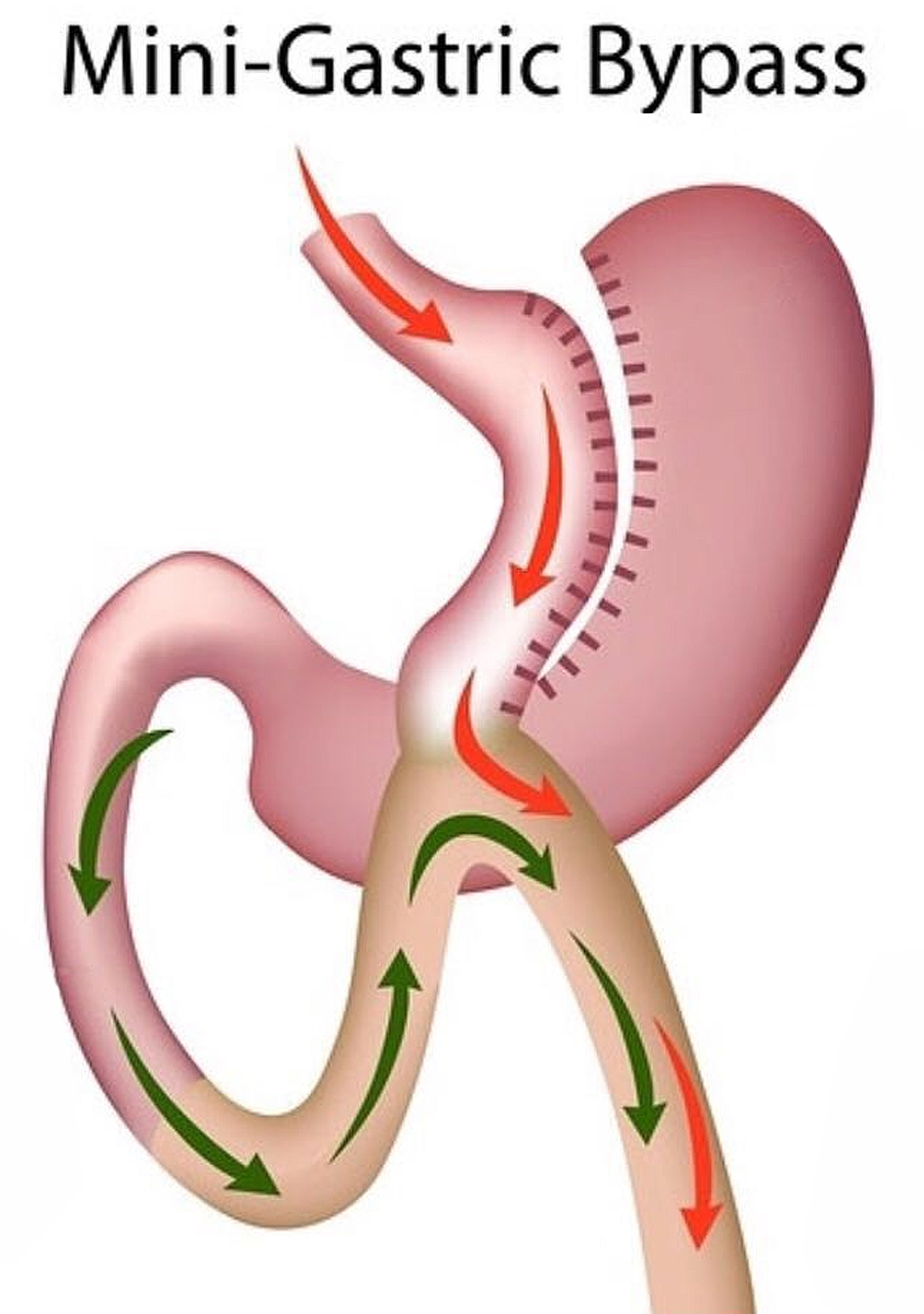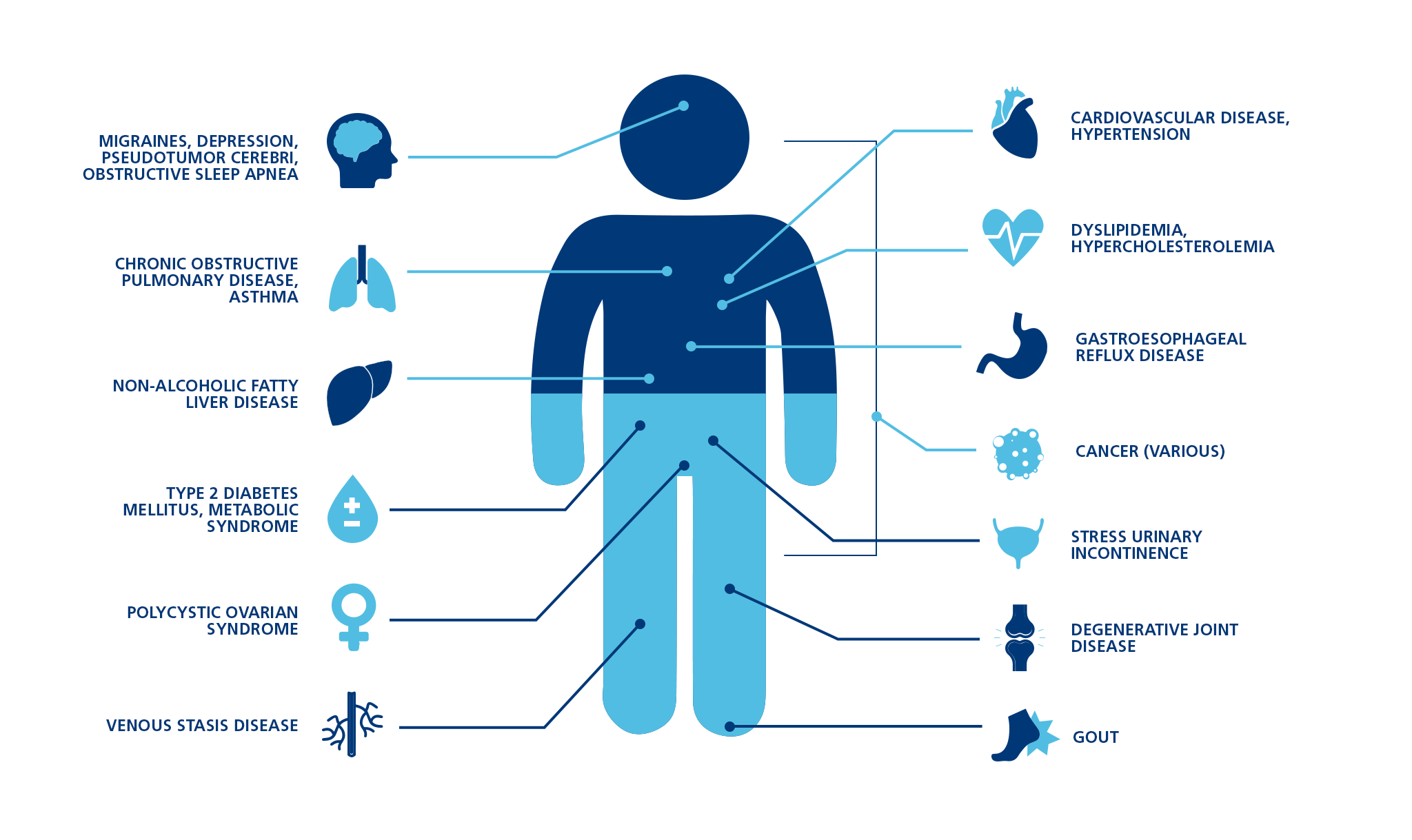Manometry, manometry types, Manometry requirement, Gasrtointestinal Tract diagnosis
Manometry- Overview, Types and Benefits
Manometry is measurement of pressure within various parts of the gastrointestinal tract mainly done to diagnose and treat digestive disorders.
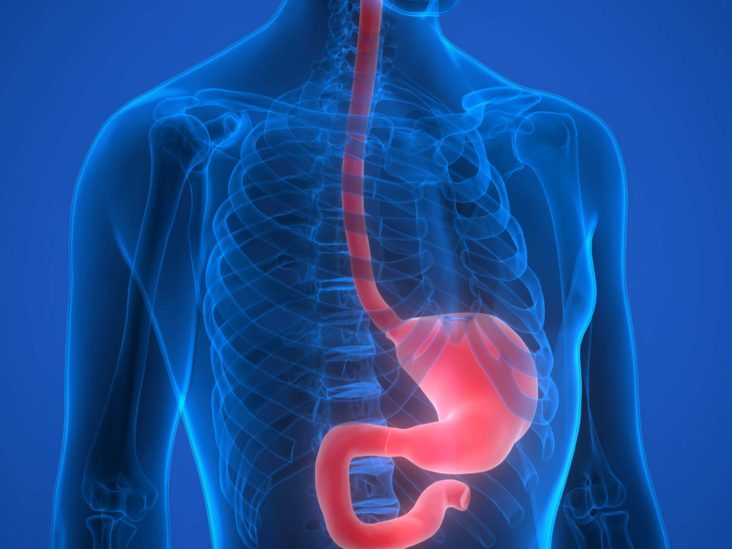
Overview
Manometry is measurement of pressure within various parts of the gastrointestinal tract. It is done by passing a catheter containing solid-state or liquid-filled pressure transducers through the mouth or anus into the lumen of the organ to be studied. Manometry typically is done to evaluate motility disorders in patients in whom structural lesions have been ruled out by other studies. Manometry is used in the esophagus, stomach and duodenum, sphincter of Oddi, and rectum. Aside from minor discomfort, complications are very rare. Patients must have nothing by mouth (npo) after midnight.
Impedance planimetry can complement manometry and add additional information.
Impedance planimetry provides real-time assessment of luminal distensibility and geometric changes in response to applied pressure in various parts of the gastrointestinal tract. A catheter-mounted, balloon-covered probe is placed during a regular endoscopy using sedation and inflated to prespecified pressures. During inflation, pressure sensors along the balloon measure intraluminal pressure and cross-sectional area within a gastrointestinal lumen or sphincter. The measurements are used to calculate a distensibility index (mm2/mm Hg) or compliance of the evaluated area. The newest generation of probes also produces a real time graphic display of esophageal contractility patterns.
Types and Techniques of Manometry
Anorectal manometry
In this test, a pressure transducer is placed in the anus to evaluate the anorectal sphincter mechanism and rectal sensation in patients with incontinence or constipation. It can help diagnose Hirschsprung disease and defecation disorders and provide biofeedback training for fecal incontinence. A barostat balloon is also inflated during the test to evaluate rectal sensation and accommodation. The balloon expulsion test, which is often done together with anorectal manometry, allows for objective assessment of evacuation function.
Barostat
This is a pressure-sensing device that is placed in the stomach to measure gastric accommodation. The device consists of a plastic balloon and an electronic controller that varies the amount of air in the balloon to maintain constant pressure. This device is used mainly in research studies assessing sensory threshold and altered visceral perception, particularly in functional gastrointestinal disorders.
Esophageal manometry
This test is used to evaluate patients with dysphagia, heartburn, regurgitation, or chest pain. It measures the pressure in the upper and lower esophageal sphincters, determines the effectiveness and coordination of propulsive movements, and detects abnormal contractions. Manometry can be used to diagnose esophageal motility disorders such as achalasia, diffuse spasm, systemic sclerosis, and lower esophageal sphincter hypotension and hypertension. It also is used to evaluate esophageal function and anatomy such as hiatus hernia before certain therapeutic procedures (eg, antireflux surgery, pneumatic dilation for achalasia). High-resolution manometry is often combined with impedance planimetry to simultaneously evaluate bolus transit through the esophagus during the test swallows.
Gastroduodenal manometry
In this test, transducers are placed in the gastric antrum, duodenum, and proximal jejunum. Pressure is monitored for 5 to 24 hours in both fasting and fed states. This test is usually used in patients who have symptoms suggestive of dysmotility but have normal gastric emptying study results or who are unresponsive to therapy. It can help determine whether the patient's symptoms or dysmotility result from a muscular disorder (abnormal contraction amplitude but normal pattern) or nerve disorder (irregular contraction pattern but normal amplitude).
Reference
- https://www.ncbi.nlm.nih.gov/pmc/articles/PMC8395534/
- https://www.jnmjournal.org/journal/view.html?doi=10.5056/jnm18013
- https://www.msdmanuals.com/en-in/professional/gastrointestinal-disorders/diagnostic-and-therapeutic-gastrointestinal-procedures/impedance-planimetry
- https://www.msdmanuals.com/en-in/professional/gastrointestinal-disorders/diagnostic-and-therapeutic-gastrointestinal-procedures/manometry
- https://www.sciencedirect.com/topics/medicine-and-dentistry/manometry

